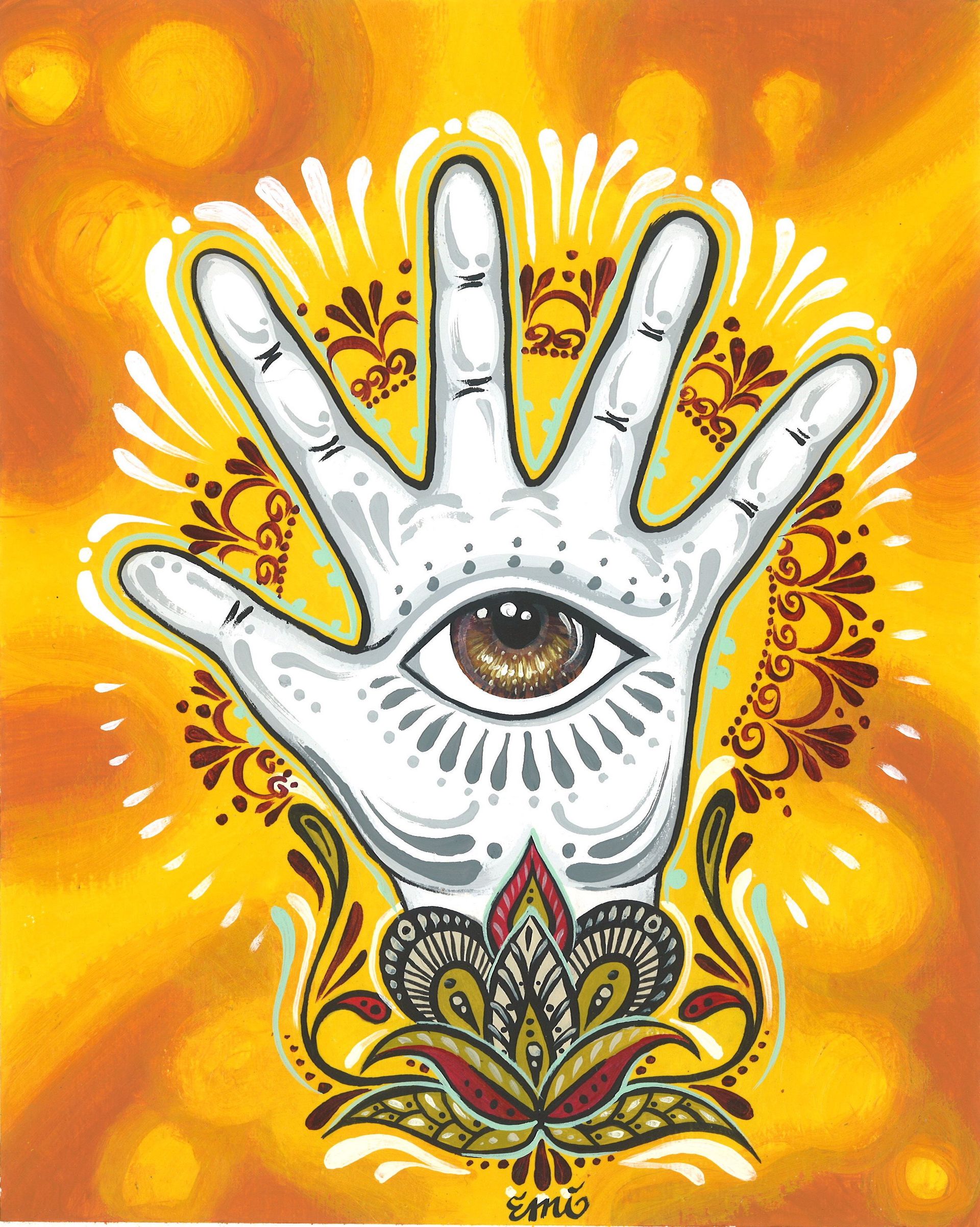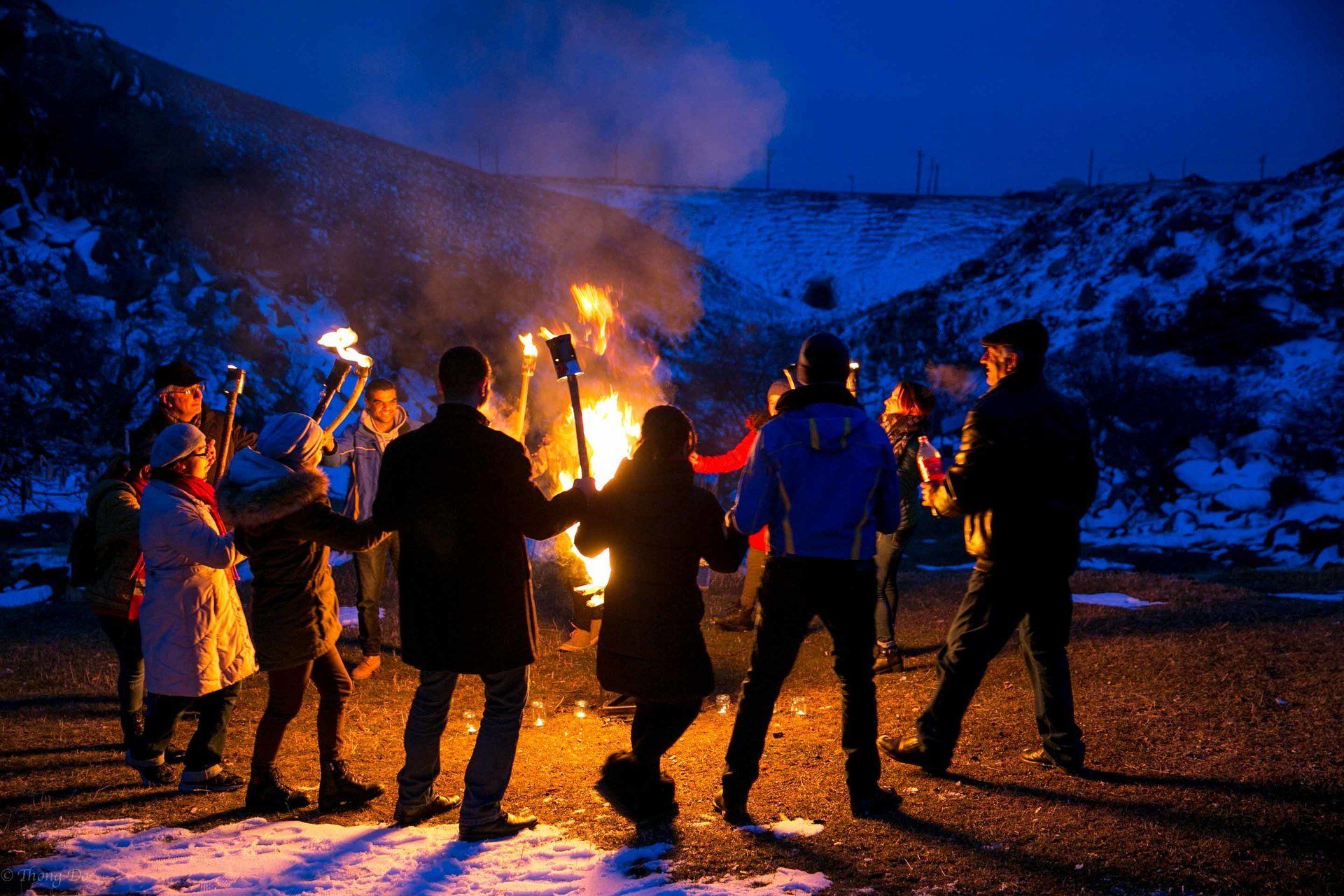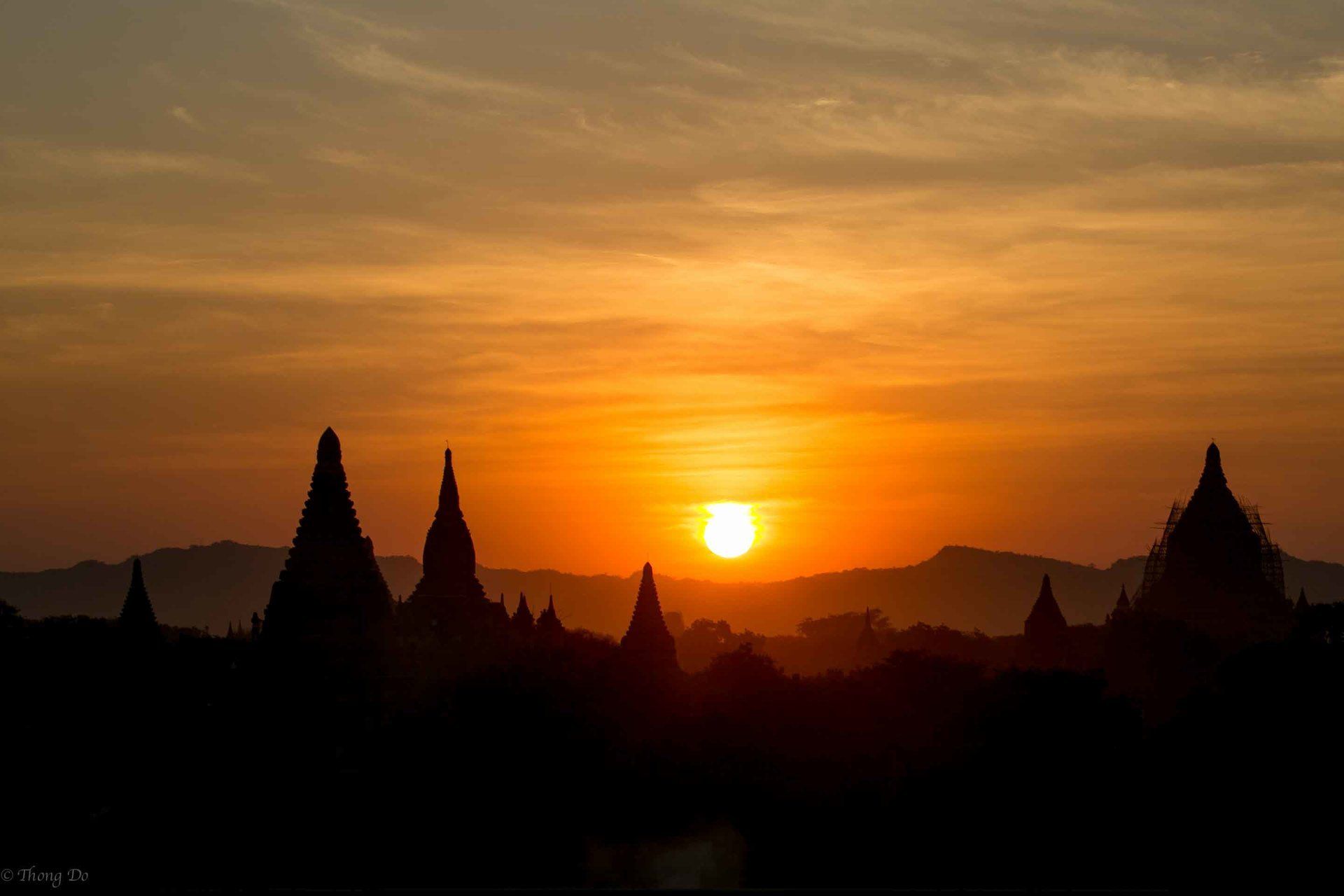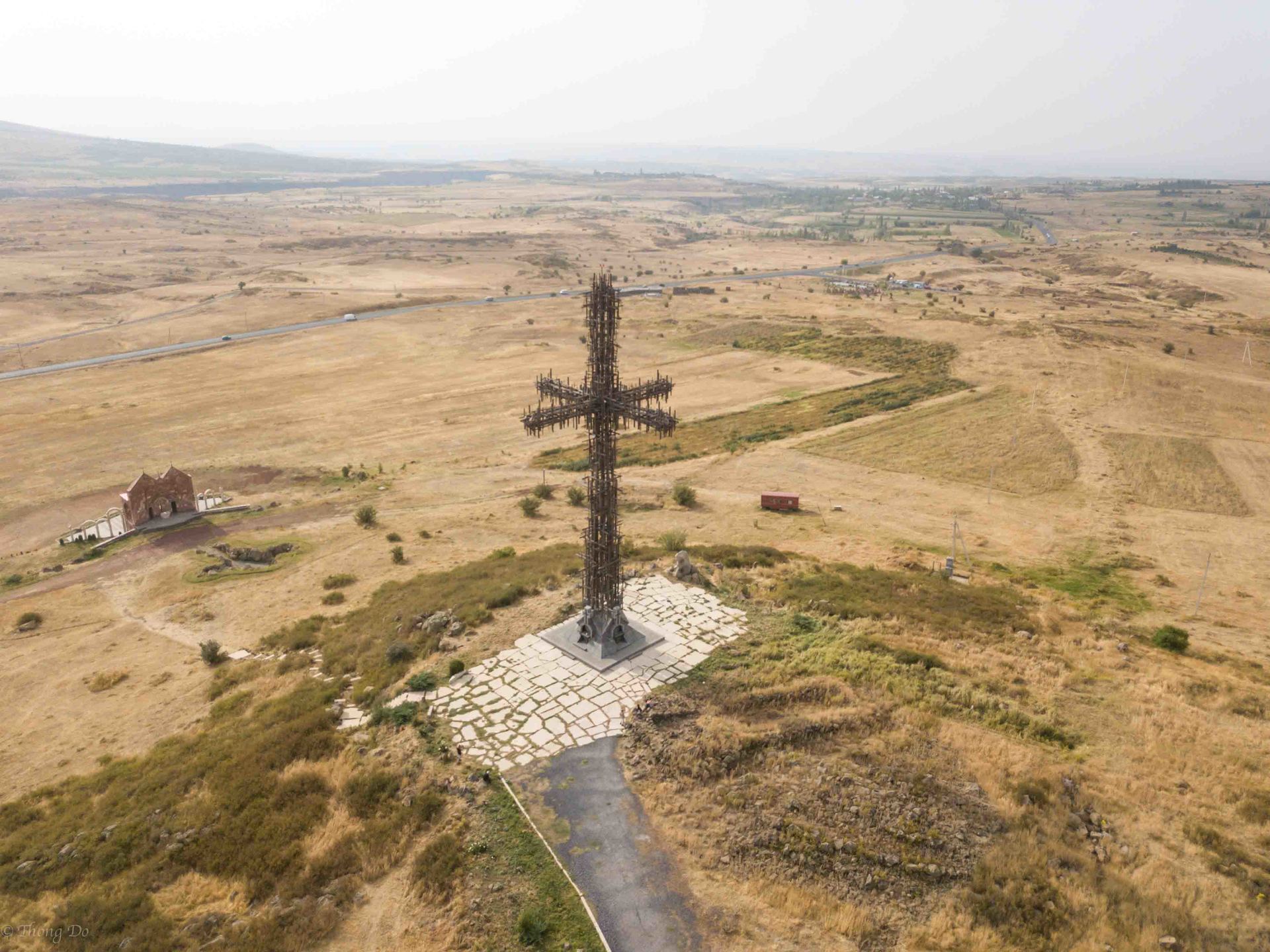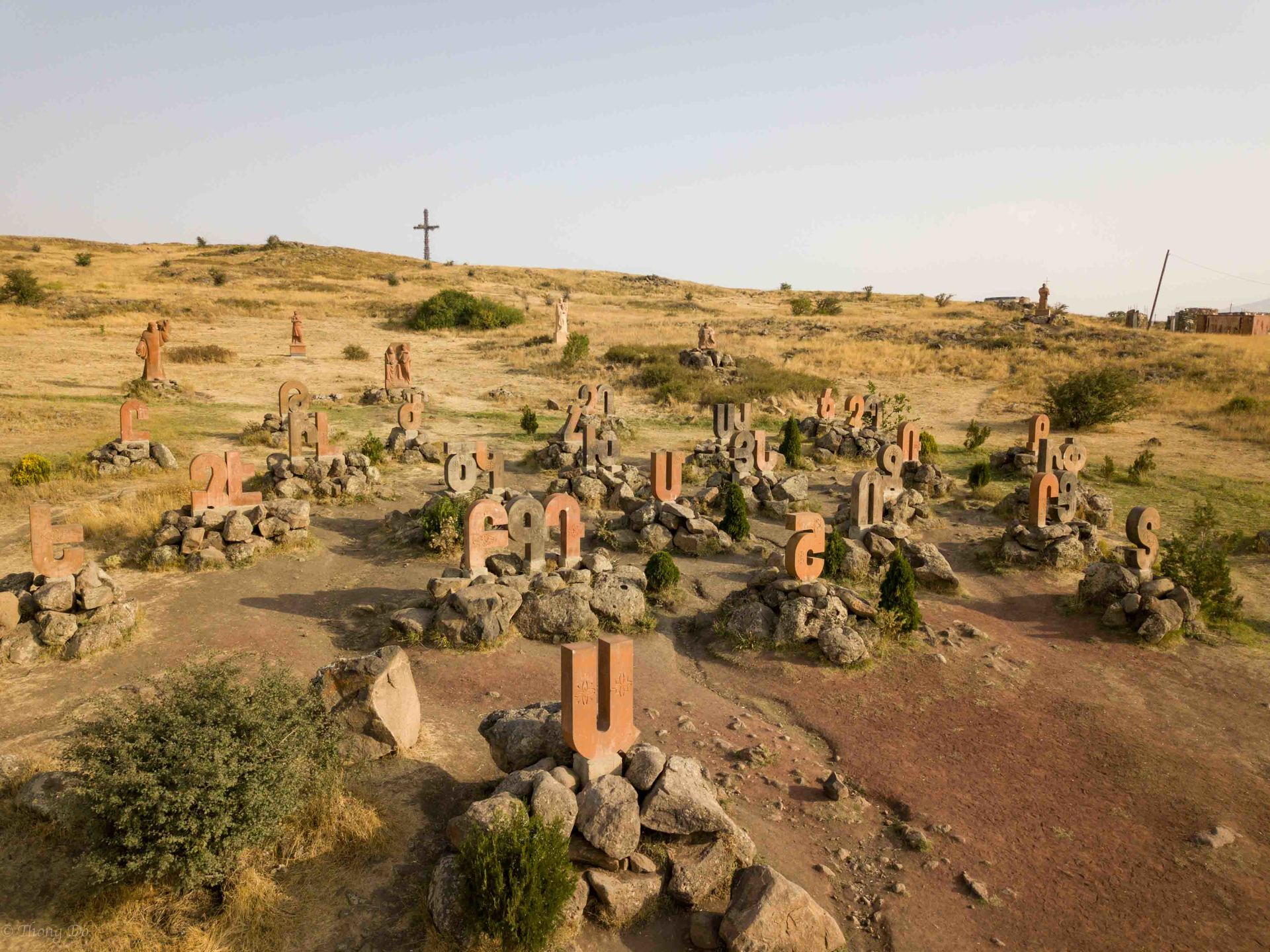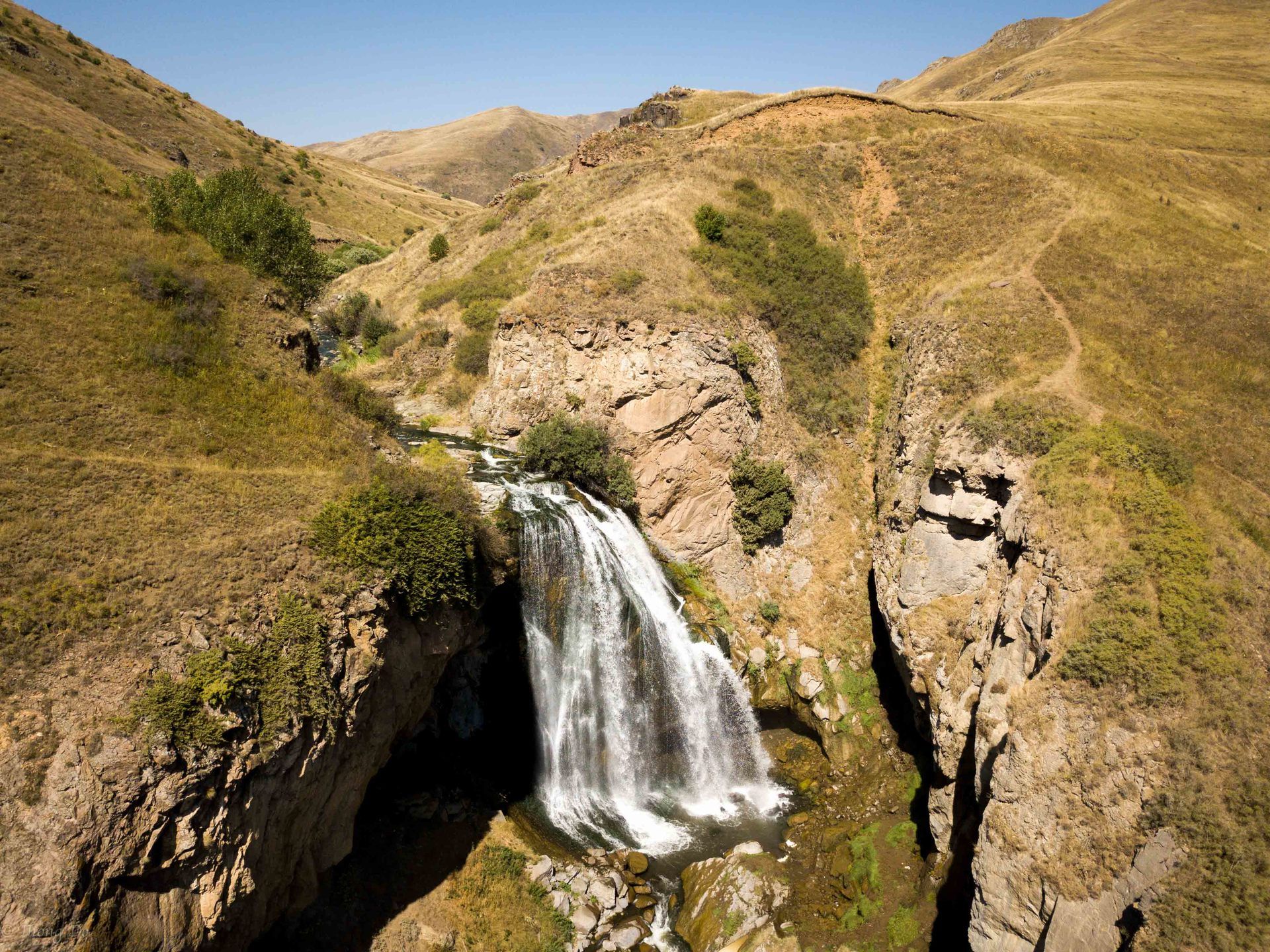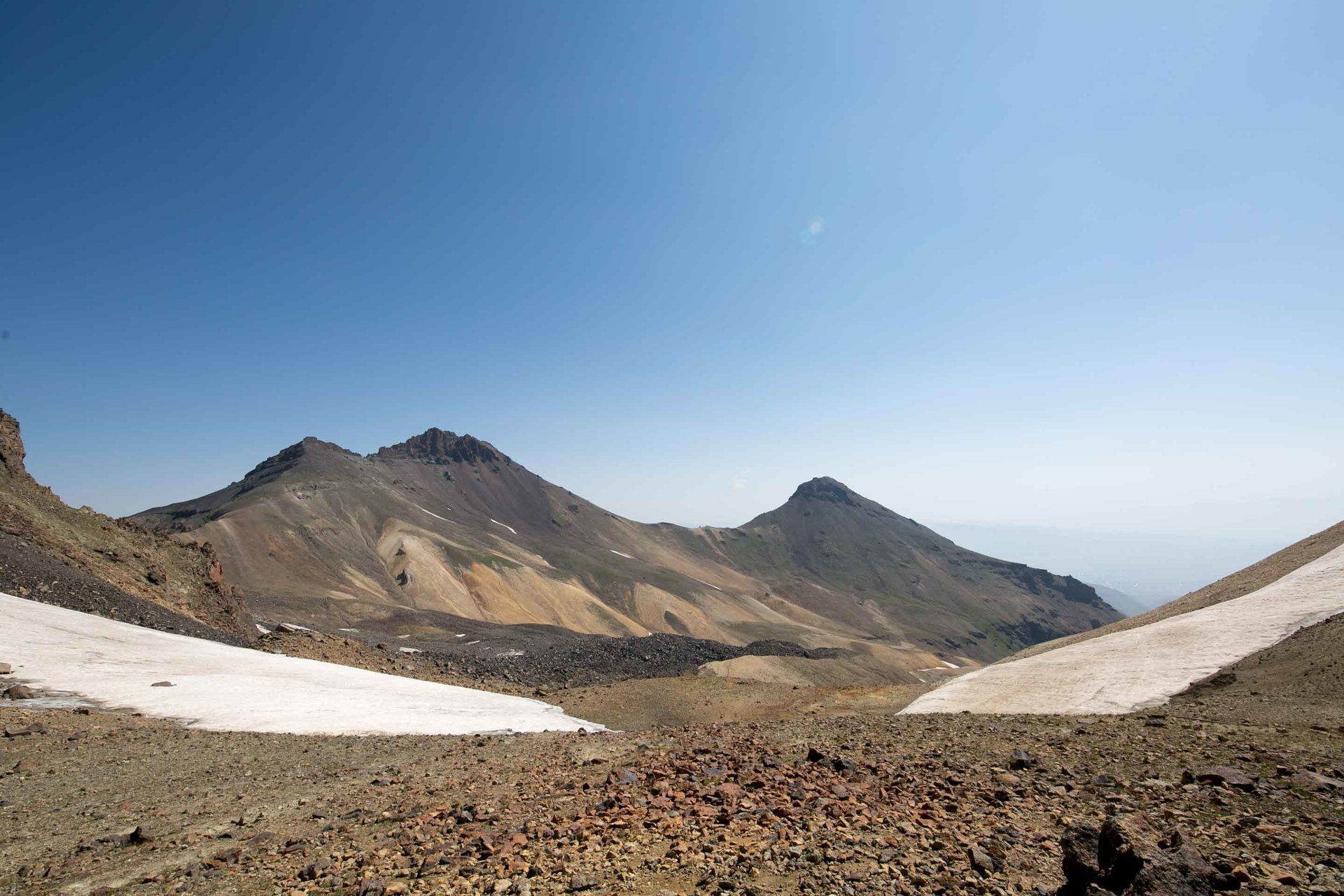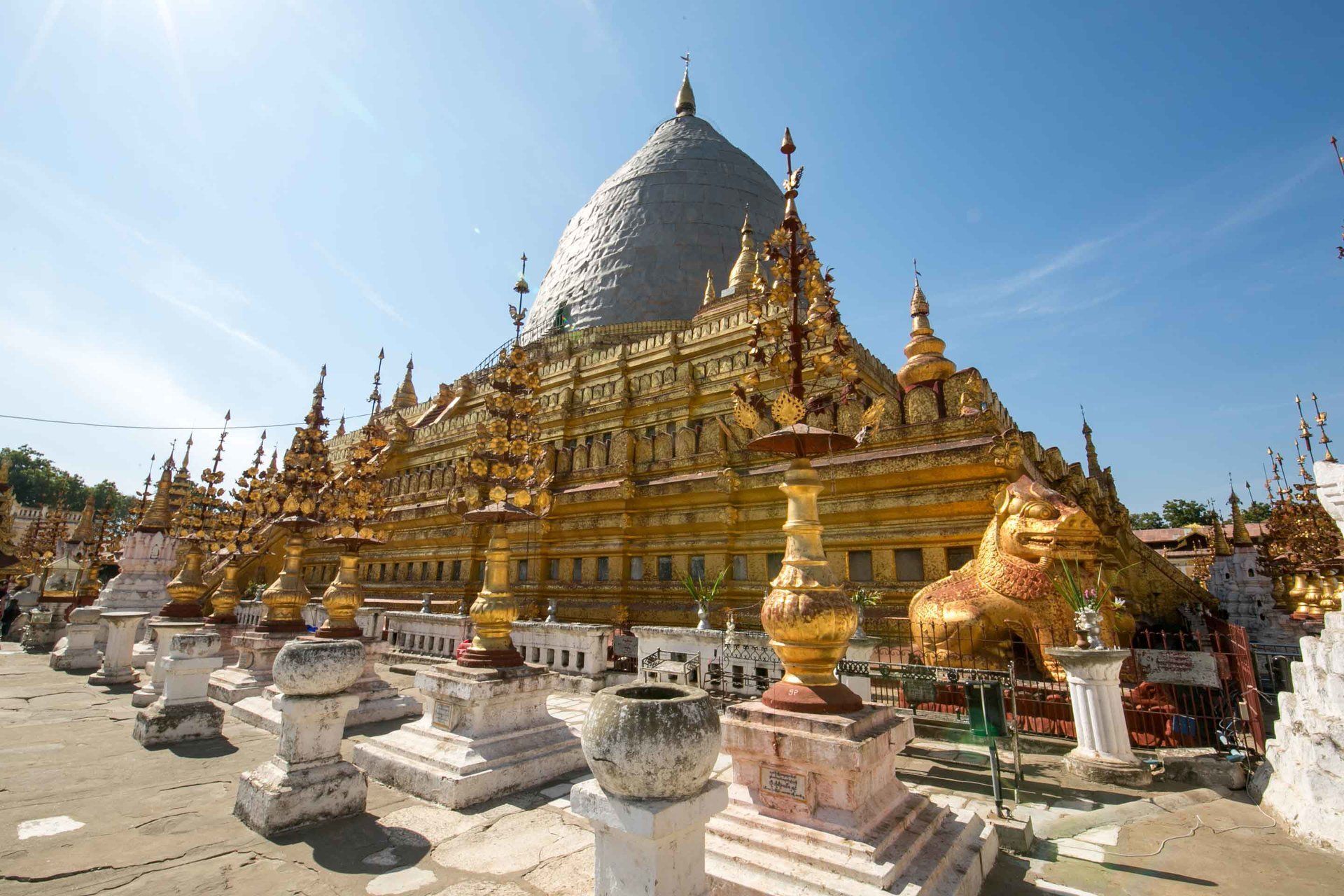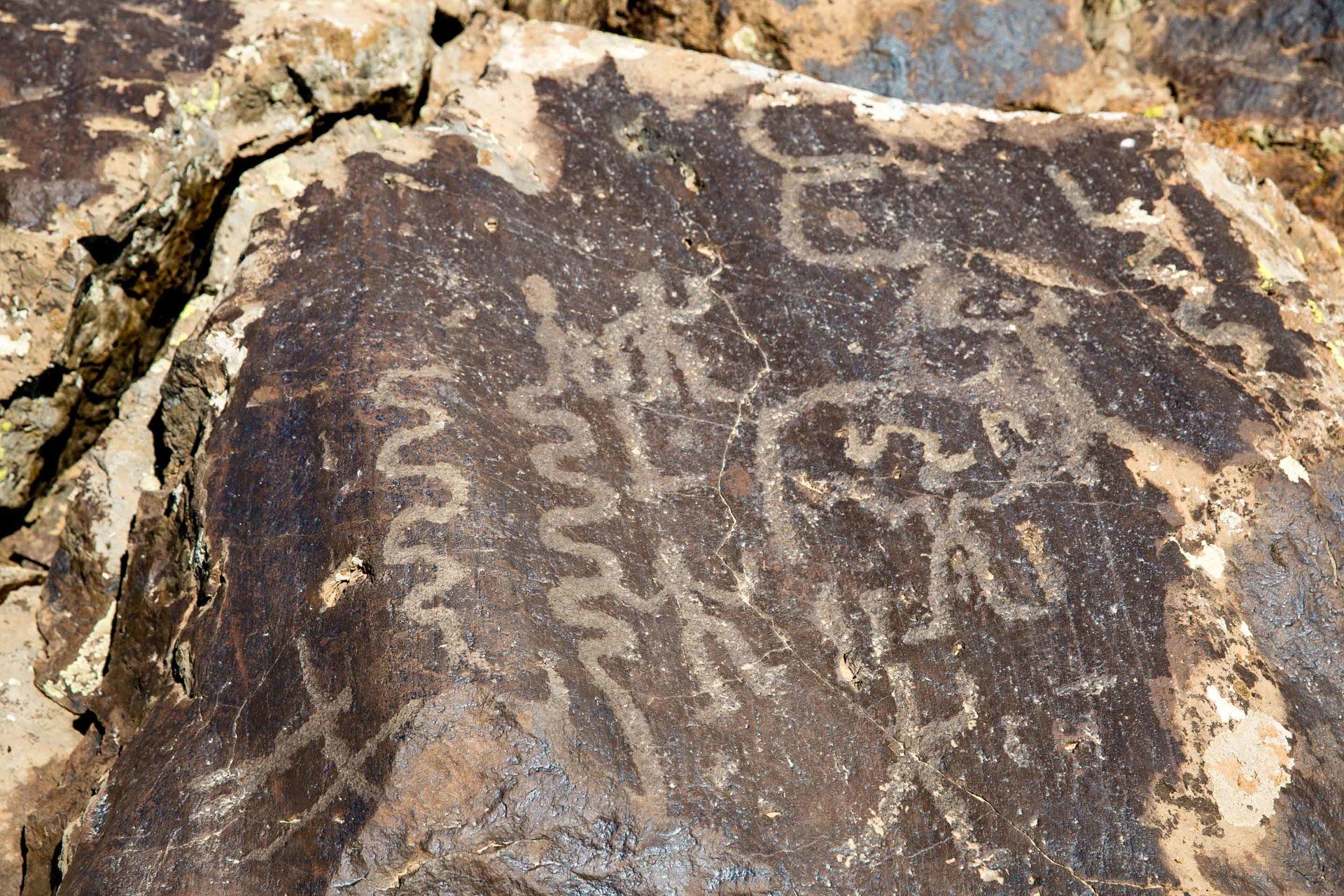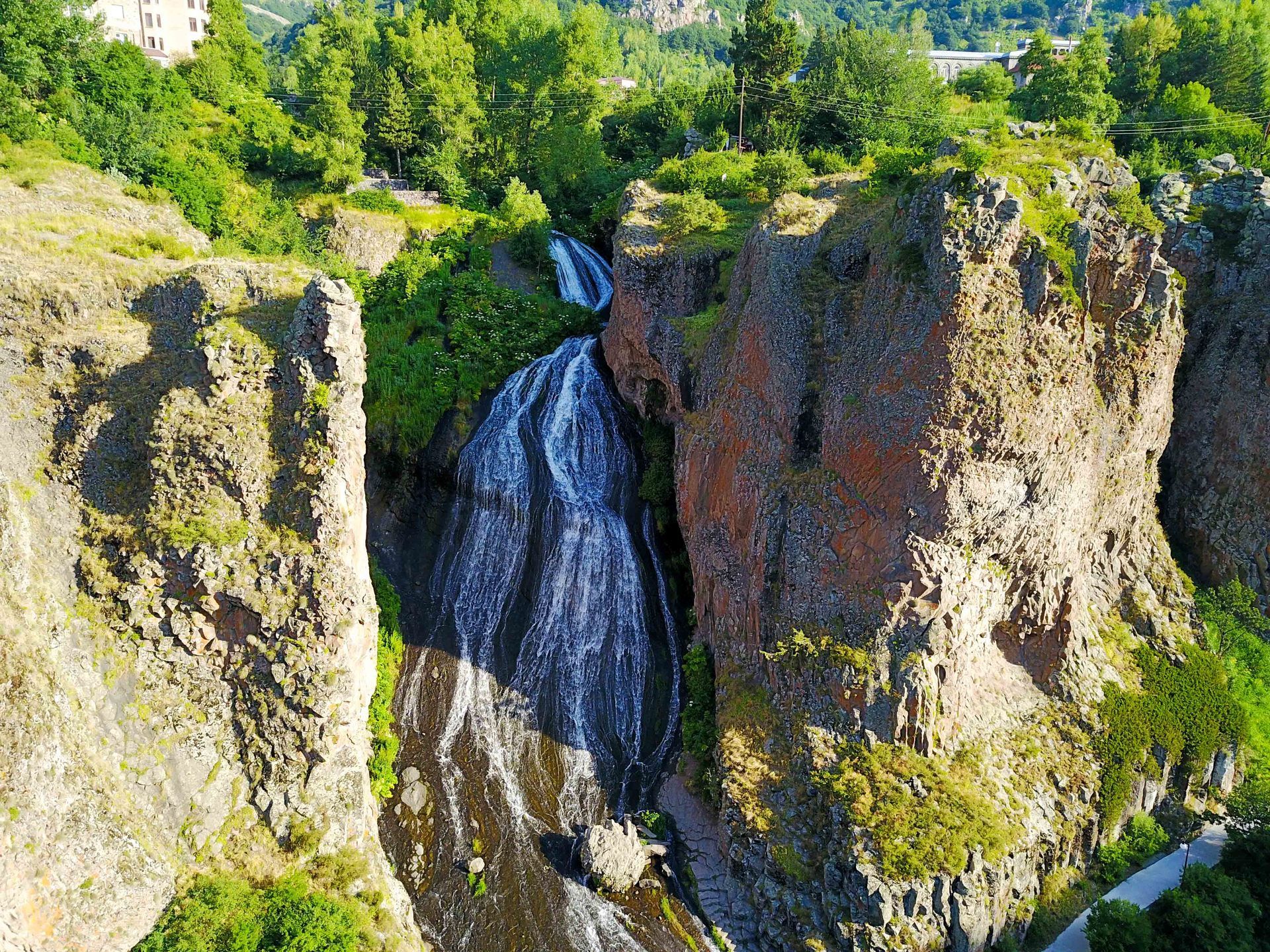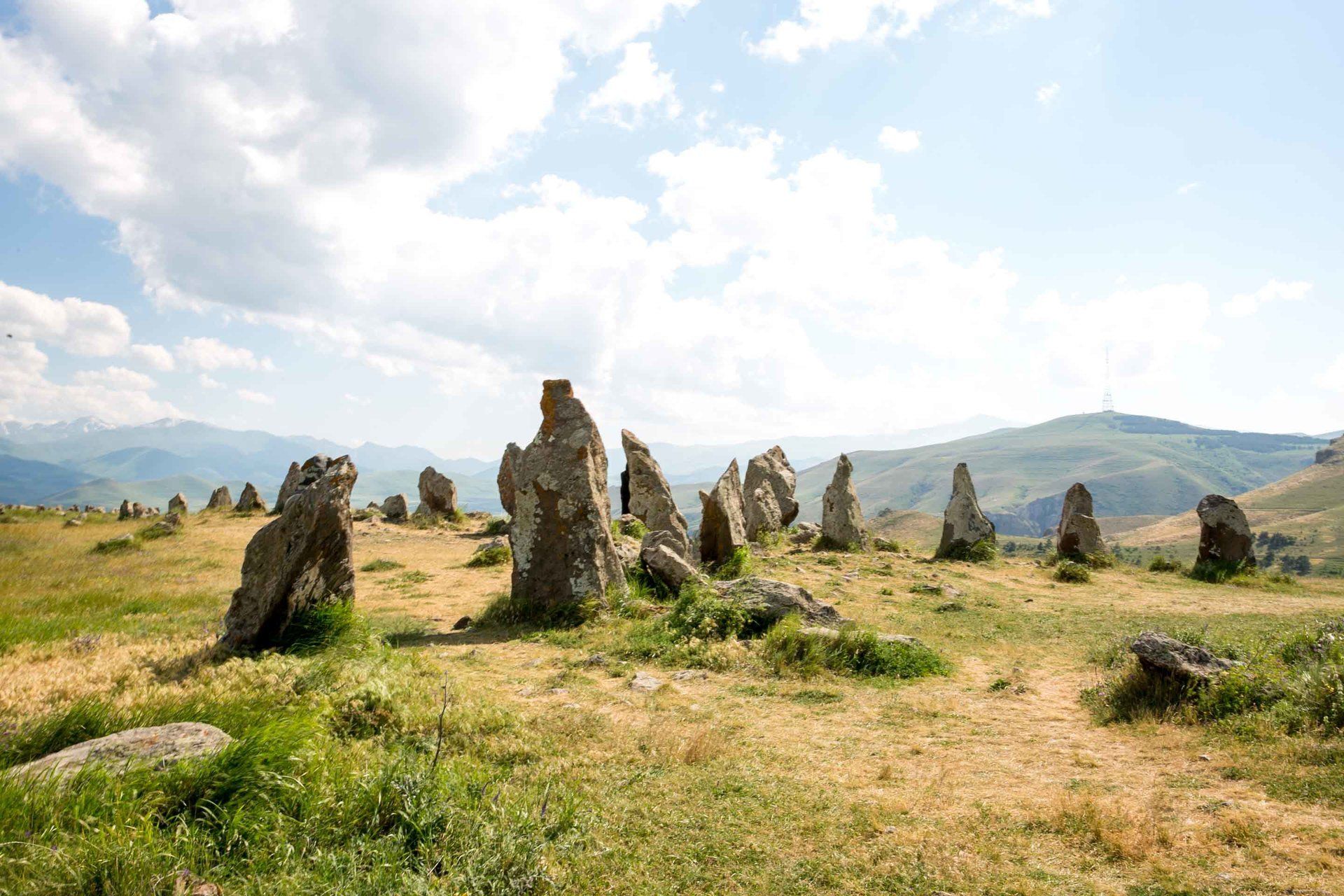An Armenian New Year and Christmas: Haykakan Nor Tari yev Surb Tsnund
- By Thong Do
- •
- 07 Jan, 2017
- •
The biggest holiday celebrated in Armenia is New Years without a doubt. I’m fortunate to be living in Armenia to experience the most anticipated celebration of the year. Unlike just a day celebration in America where you watch college football games and endless parades with friends and family members the New Year celebration over here lasts for 5 days! Over here New Year is called Nor Tari and instead of saying Happy New Years in the west you congratulate someone on New Years by saying Schnorhavor Nor Tari. Our Language and Cultural Facilitators briefly covered this celebration during our Pre-Service Training days so we had an idea of what to expect. Part of the Peace Corps experience is learning about new cultures and customs so this was quite a delight to see up close.
So the general idea around celebrating Nor Tari is preparing a magnificent feast and inviting your friends, neighbors, colleagues, and family members to your home. The amount of food available during these 5 days is quite significant due to the amount of people. Once the guests have come and gone it is appropriate that you then visit them at their home and sample the feast they have prepared. Now what gets really interesting is that family members who are rarely seen will show up to this. Due to the Armenian hospitality, they will offer anything and everything to their guests. In some extreme cases, people will often take loans out from bank to finance the Nor Tari feast and show off to their guests of their abundance. Over here, it’s all about showing off.
What makes this interesting is because somehow they must figure out how to host for their guests as well as be a guest to others. Sometimes key members of the household will be left behind, as other family members will visit other homes to represent the family and not offend. Not everyone will call ahead before coming over to visit and just show up often leading to homes being overcrowded and chaotic. Things run like clockwork for the hosting party because as soon as guests leave the dishes are washed and the food replenished for the next round of guests.
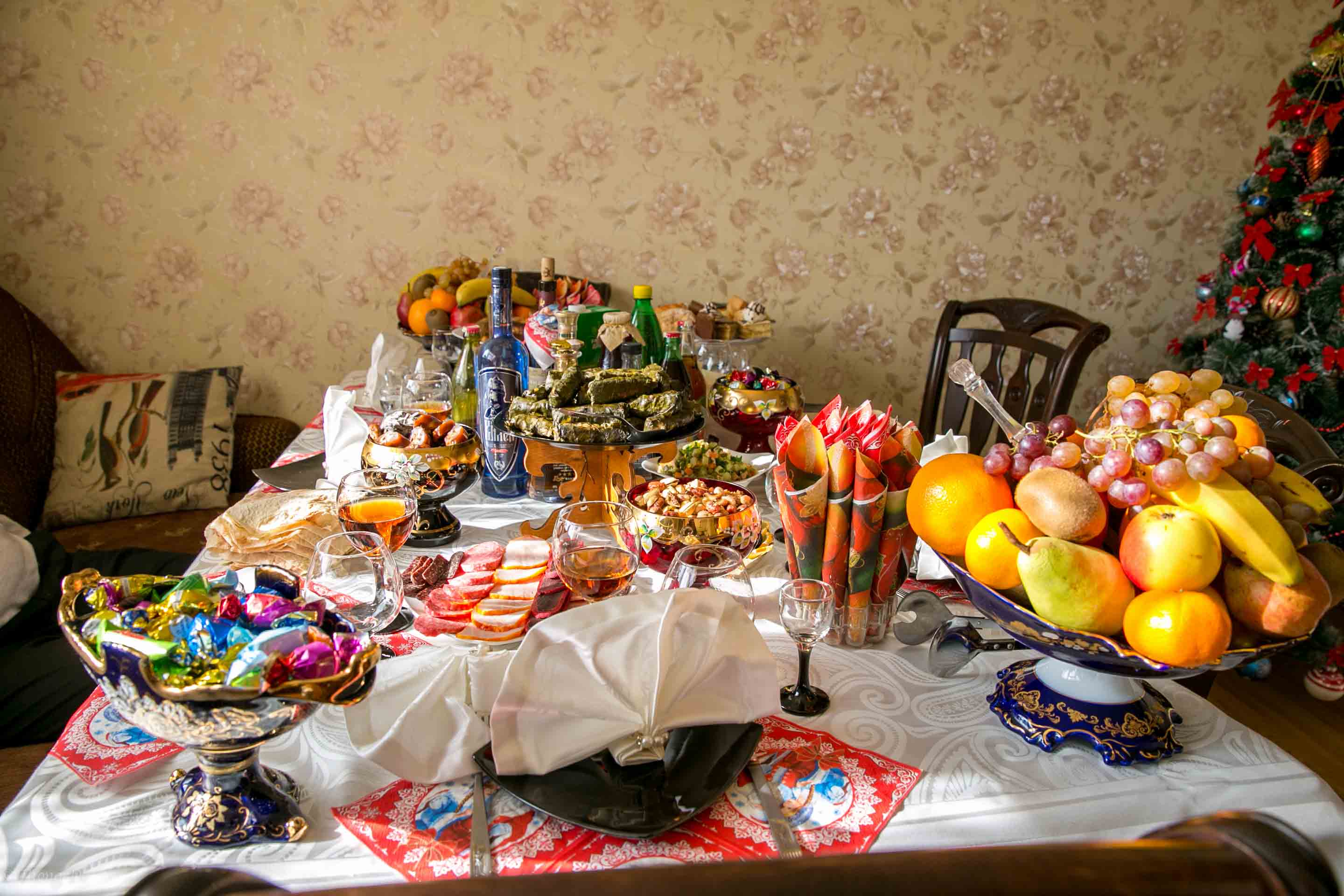
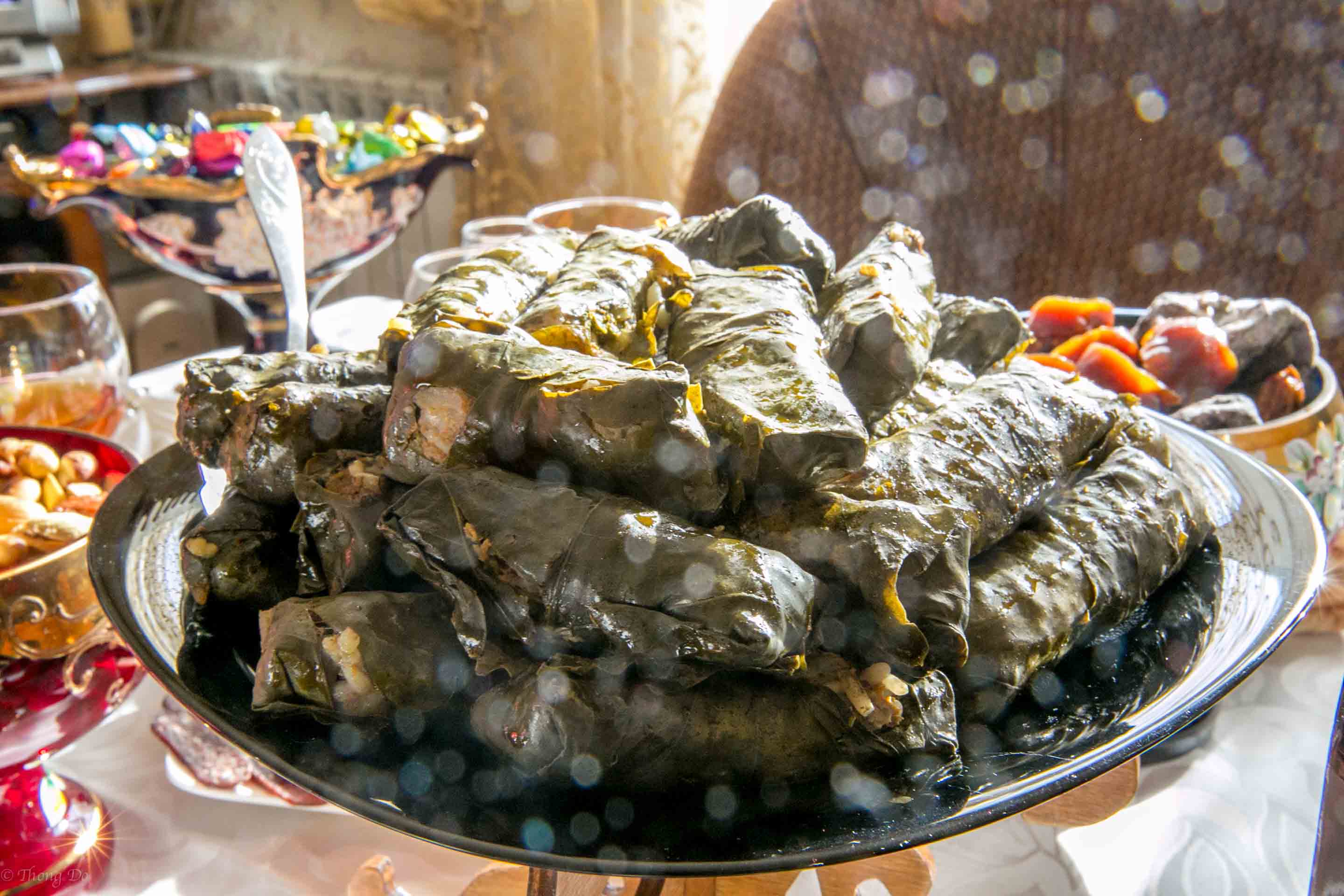
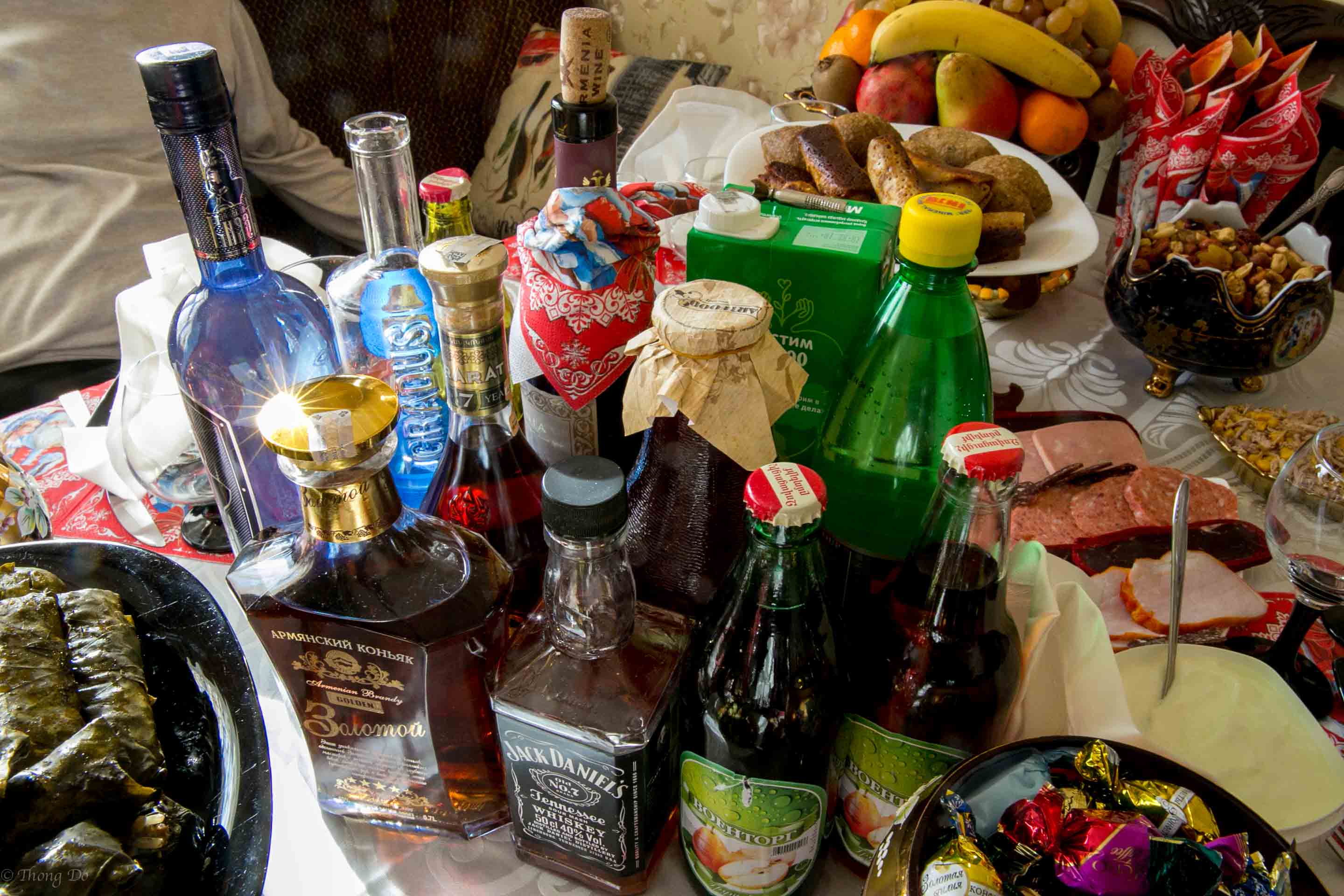
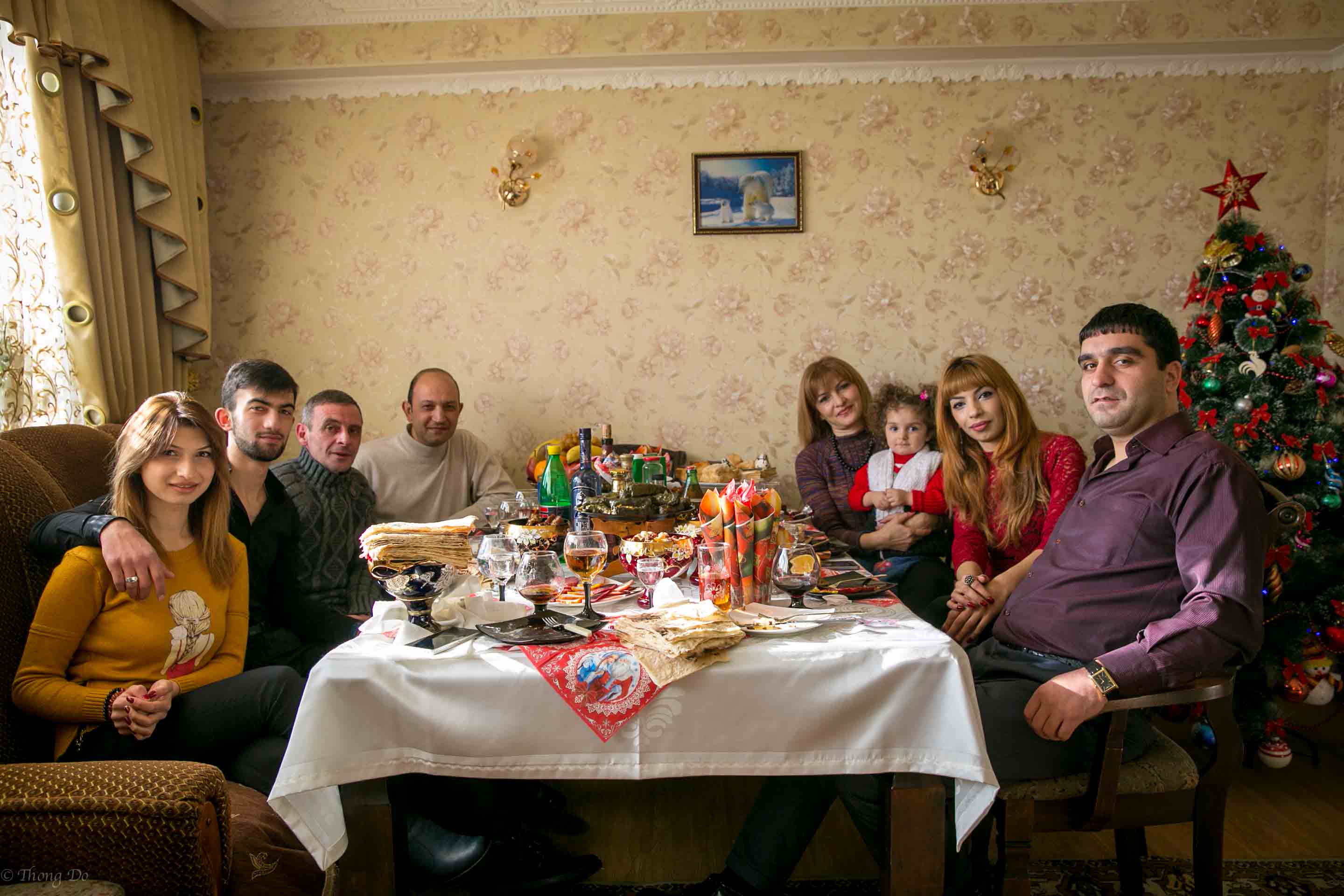
I was quite fortunate to be invited over by my Armenian friends home to witness their family feast. One of my friends, Liana, is a painter who I collaborated with on a project and I was able to meet her family and taste the traditional dishes provided. The first thing I noticed when looking at their dining room was that there was so much food on the table there was barely any room for the plates and silverware! Anyways, there is a wide variety of food available. One of the main dishes is dolma, a meat, rice, and vegetable item wrapped in grape leaves and naturally, everyone thinks their mother makes the best dolma. When I was there at least 8 more people arrived to celebrate too.
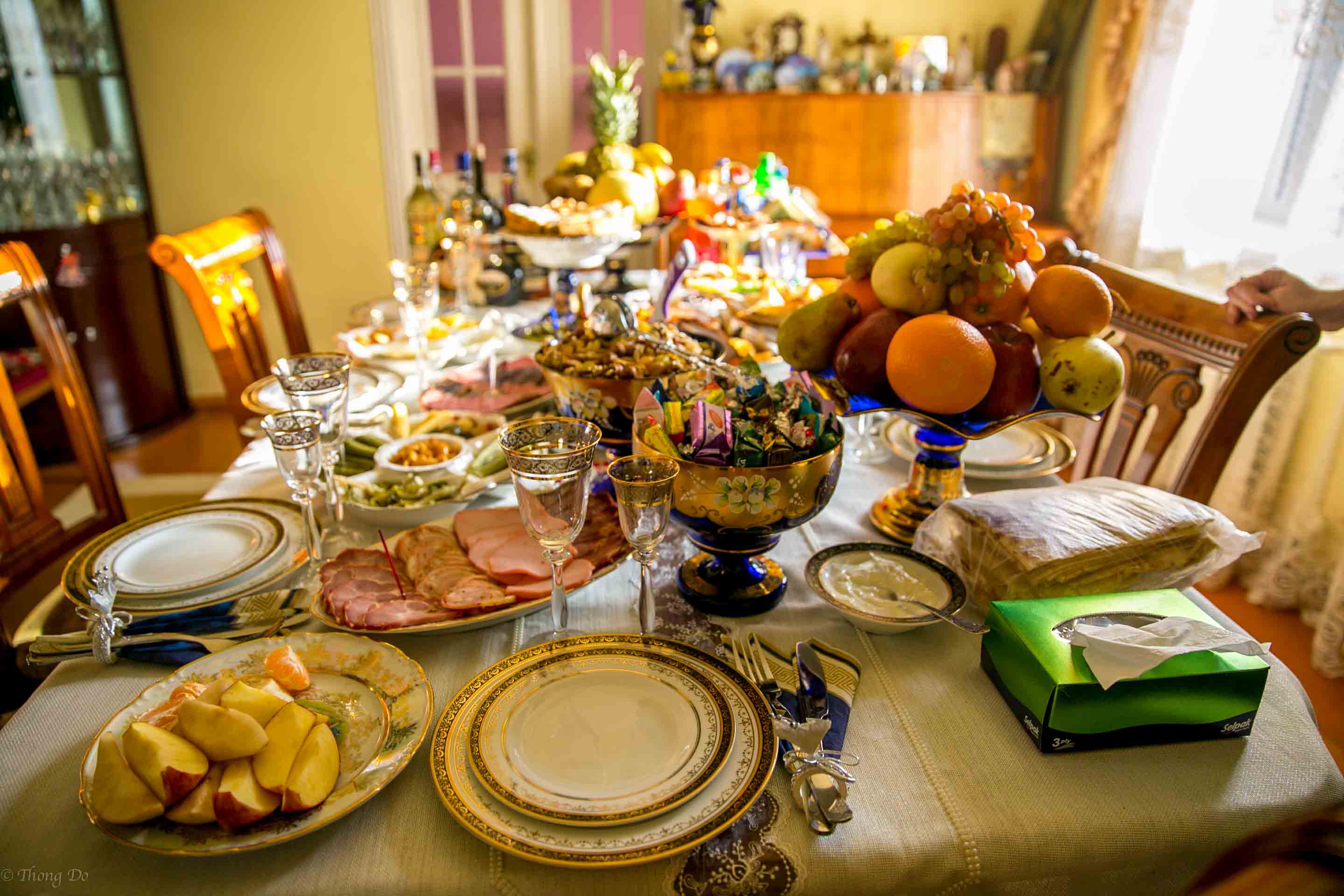
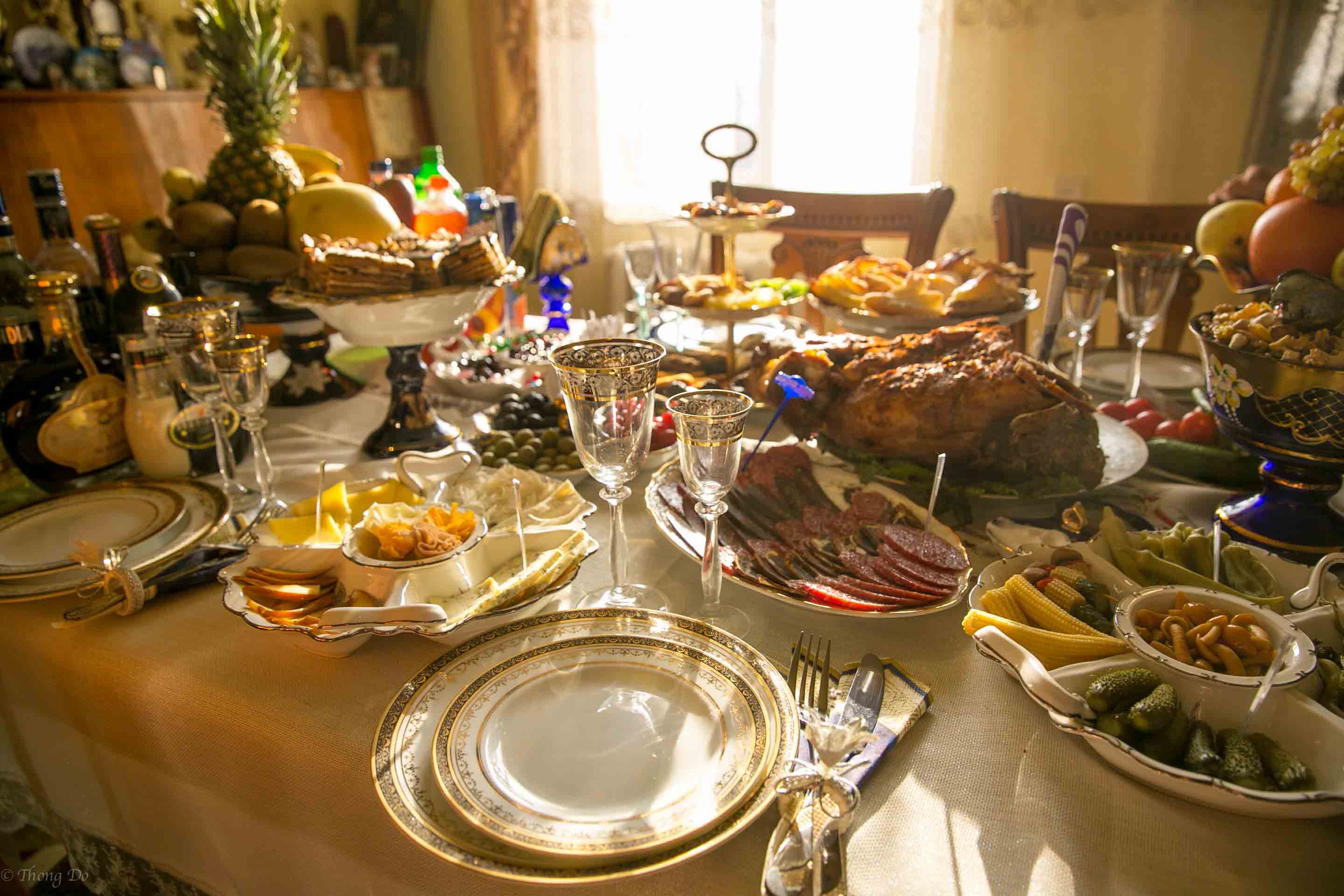
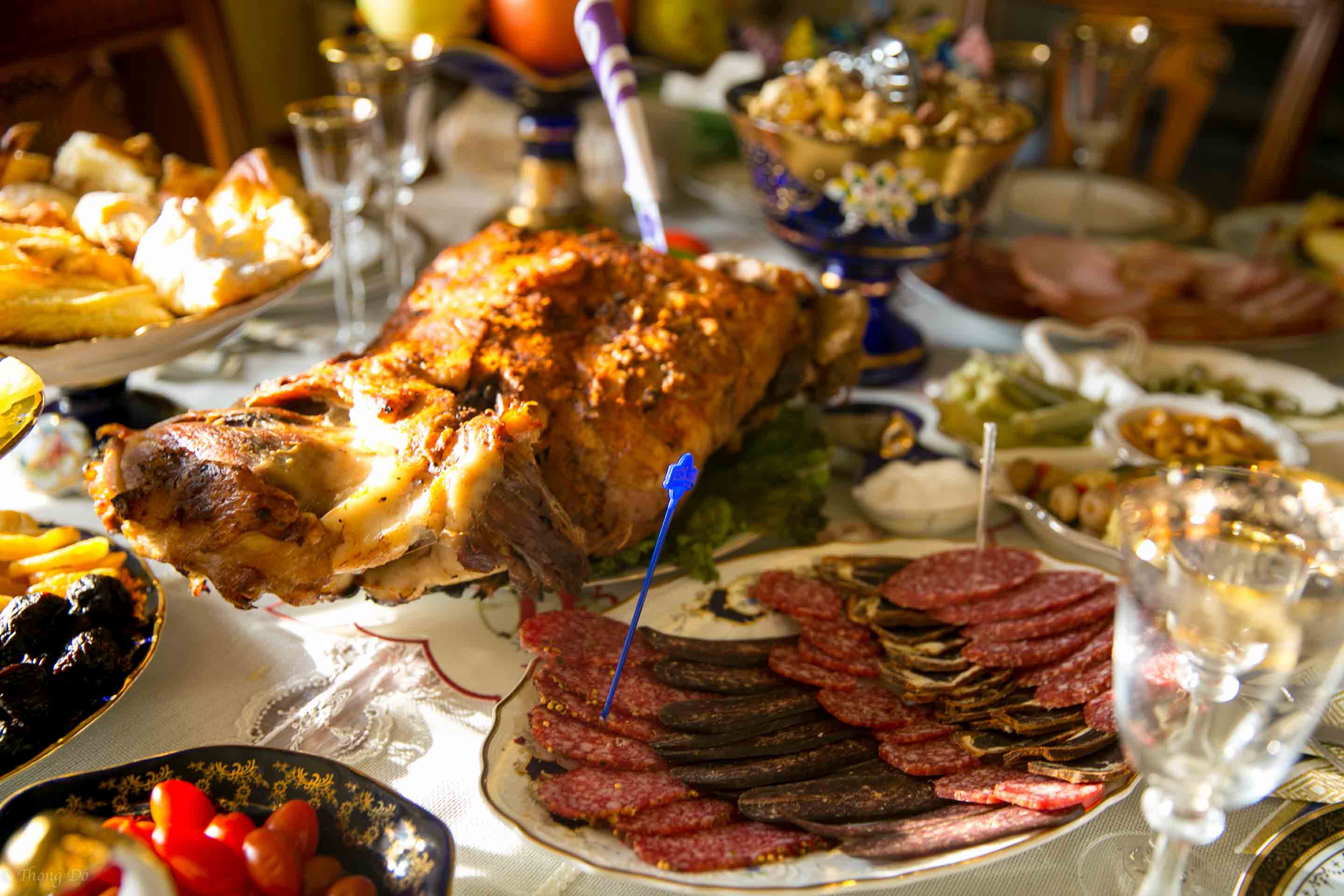
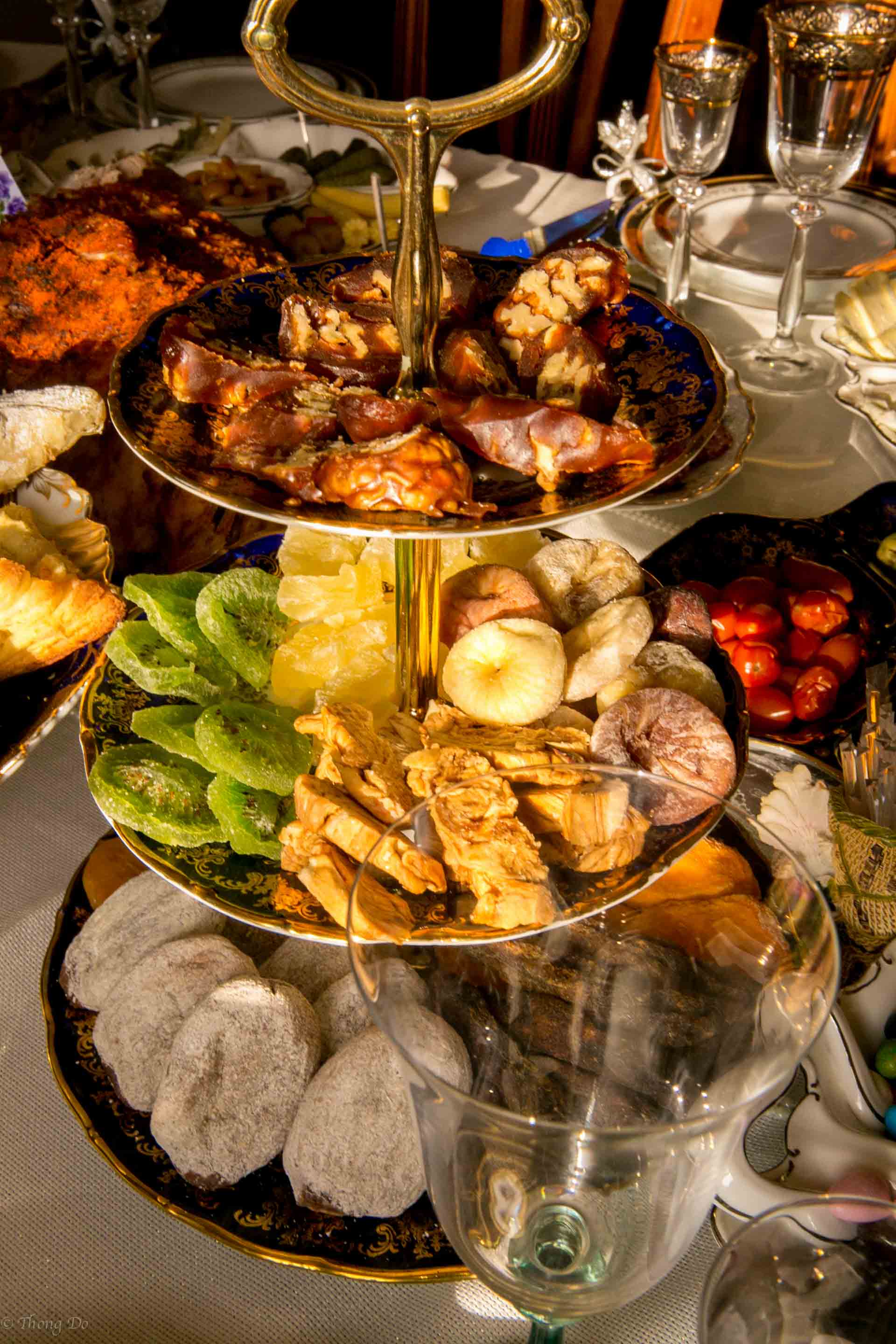
Afterwards, my site mate, Sarah, and I visited by counterpart’s home at the other end of town. My counterpart, Gayane, just managed to squeeze us in between two large parties that visited her home. As the custom, the food was abundant and delicious. The one cultural takeaway I learned in being in Armenia for almost a year is that no matter how many times you say you are full, you will still be offered food and helpings will be but on your plate regardless!
It’s amazing to see the amount of food that is bought and the markets just days before the New Years since it’s a mad house. Since the vast majority of businesses are closed during these 5 days people must stock up. I stopped by the local grocery store on New Year’s Eve to get some small items and it looked like apocalyptic scene from a disaster movie. I’ve never seen shelves half empty at a supermarket before. Since it’s not just the city inhabitants buying up everything it’s the inhabitants of the surrounding villages coming into town to stock up also. The thing is it will take at least another week for the shelves to be restocked and return to normal.
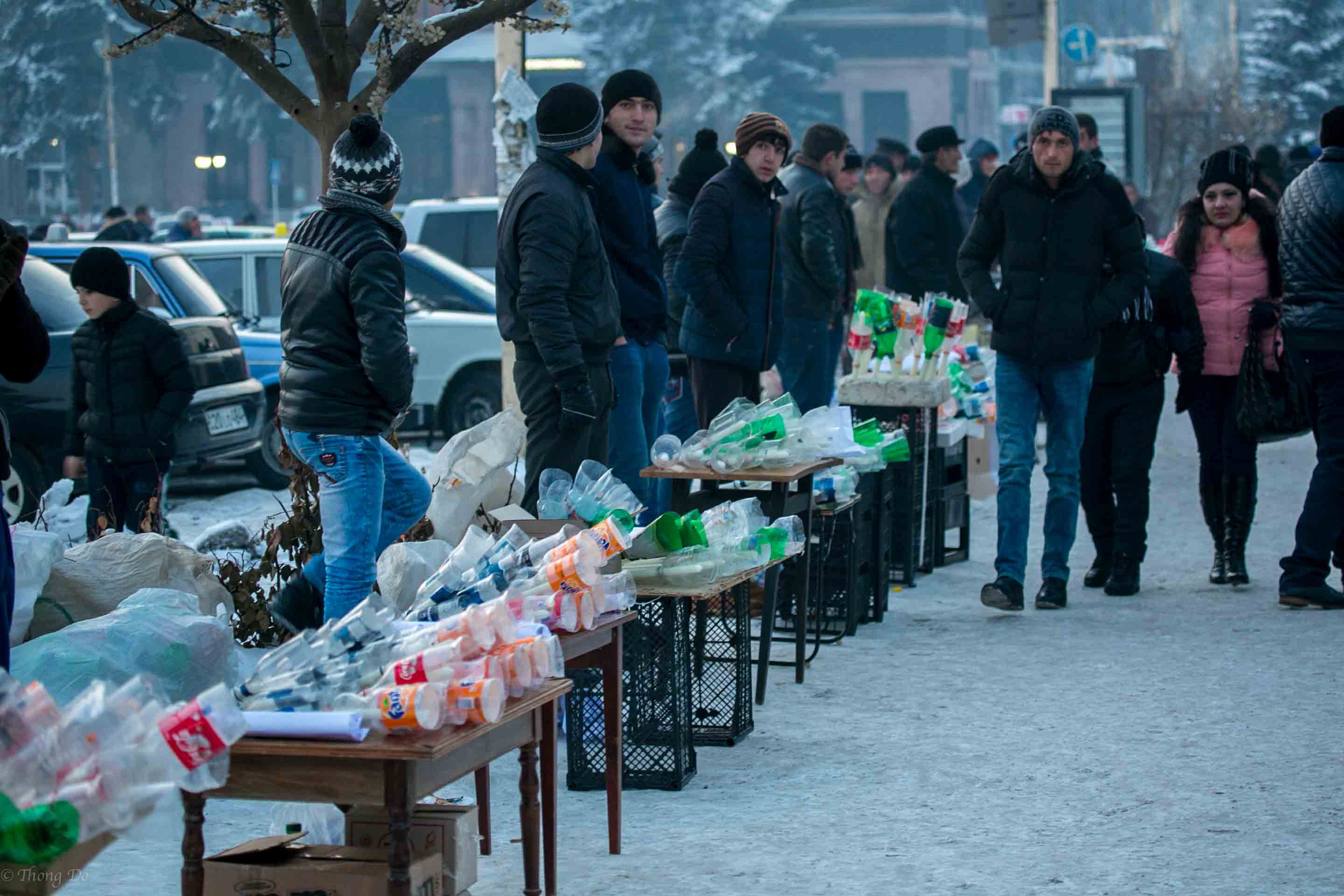
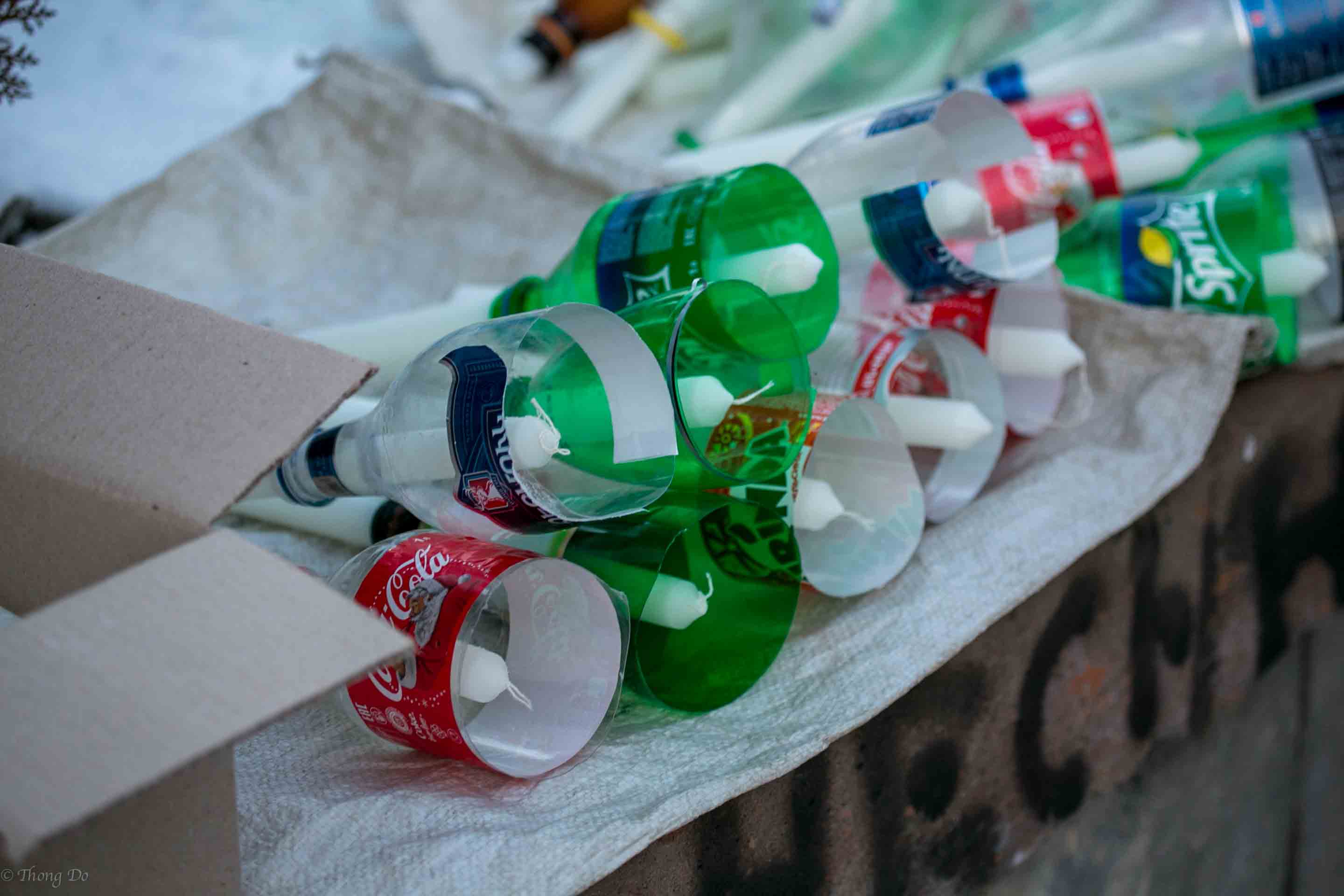
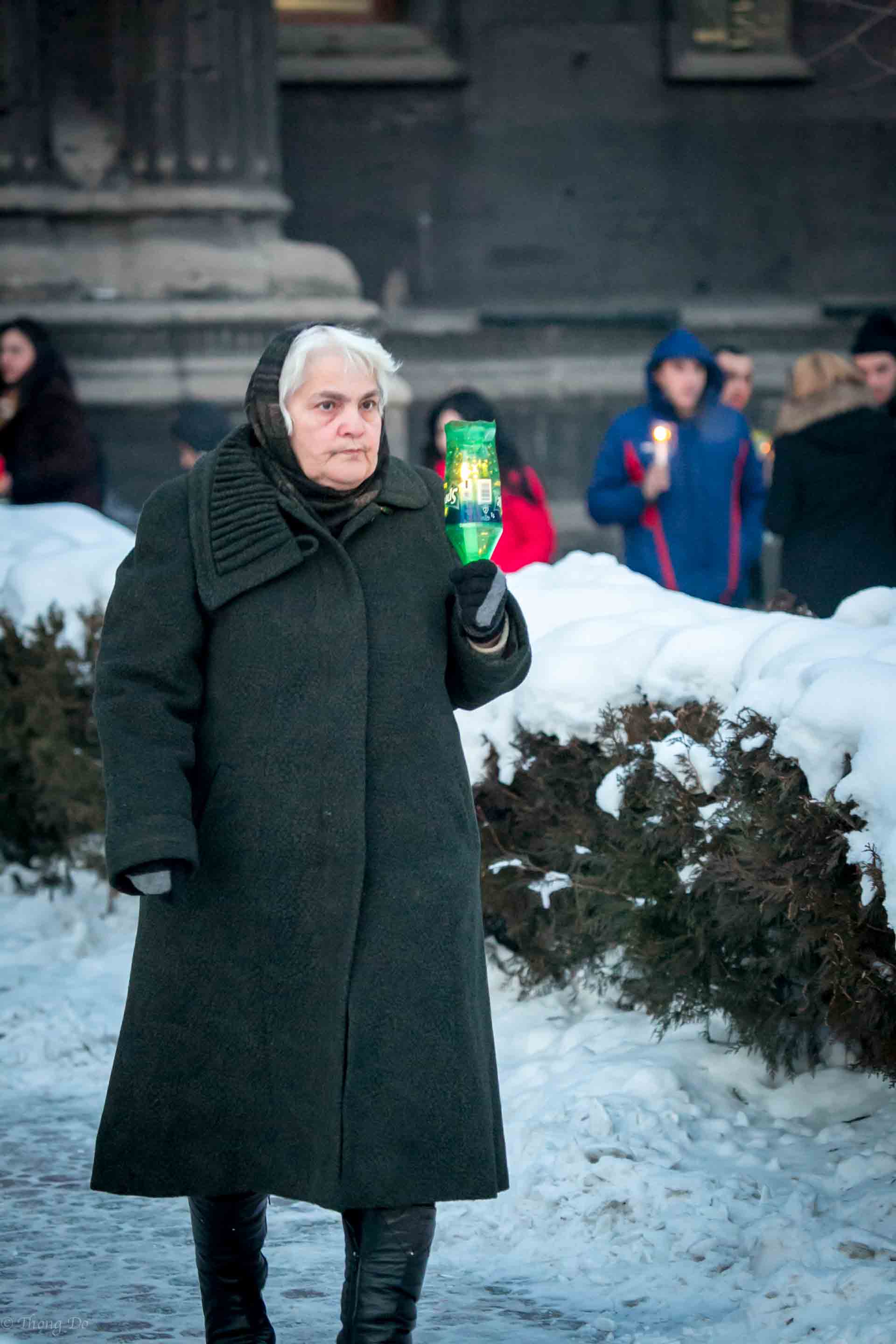
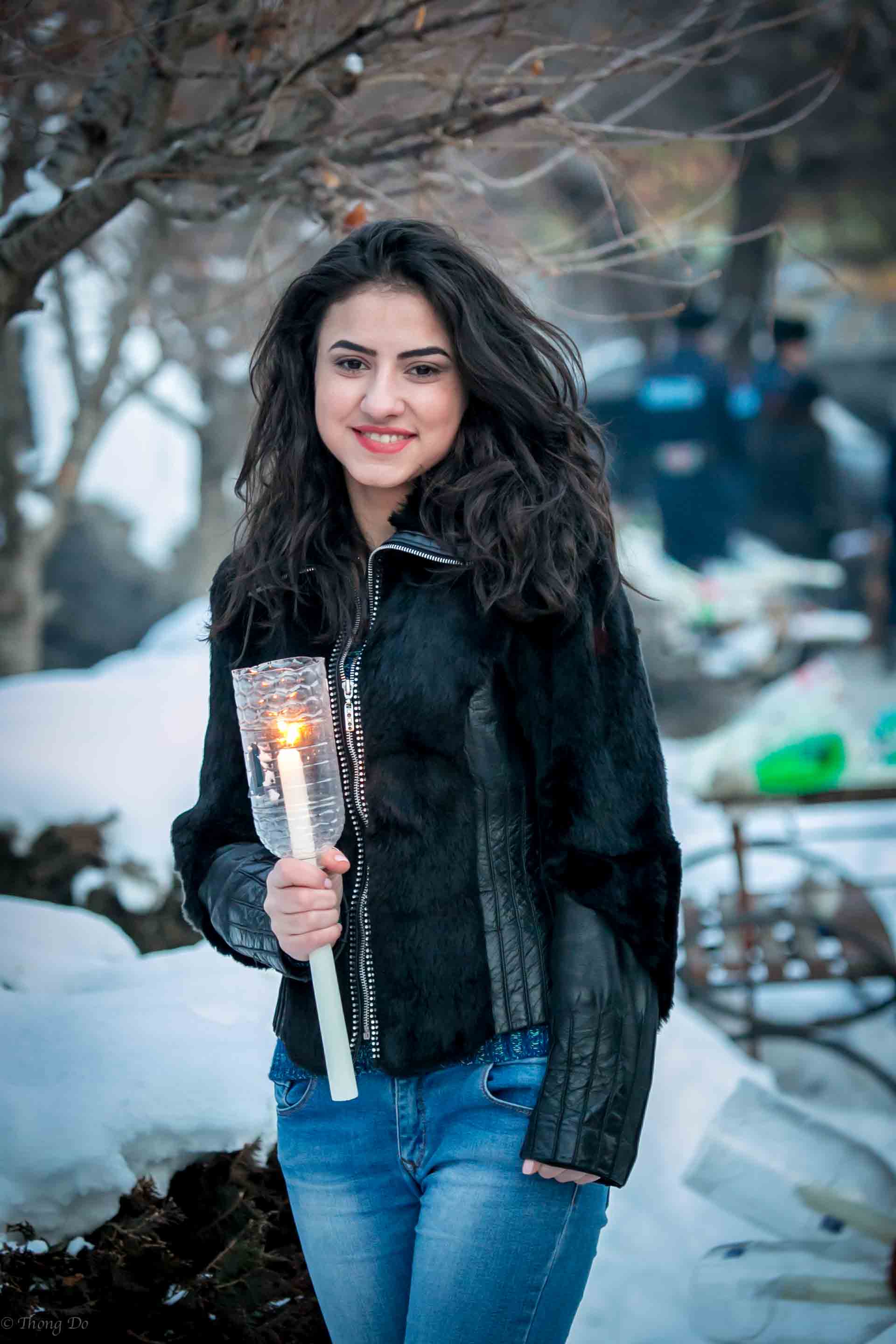
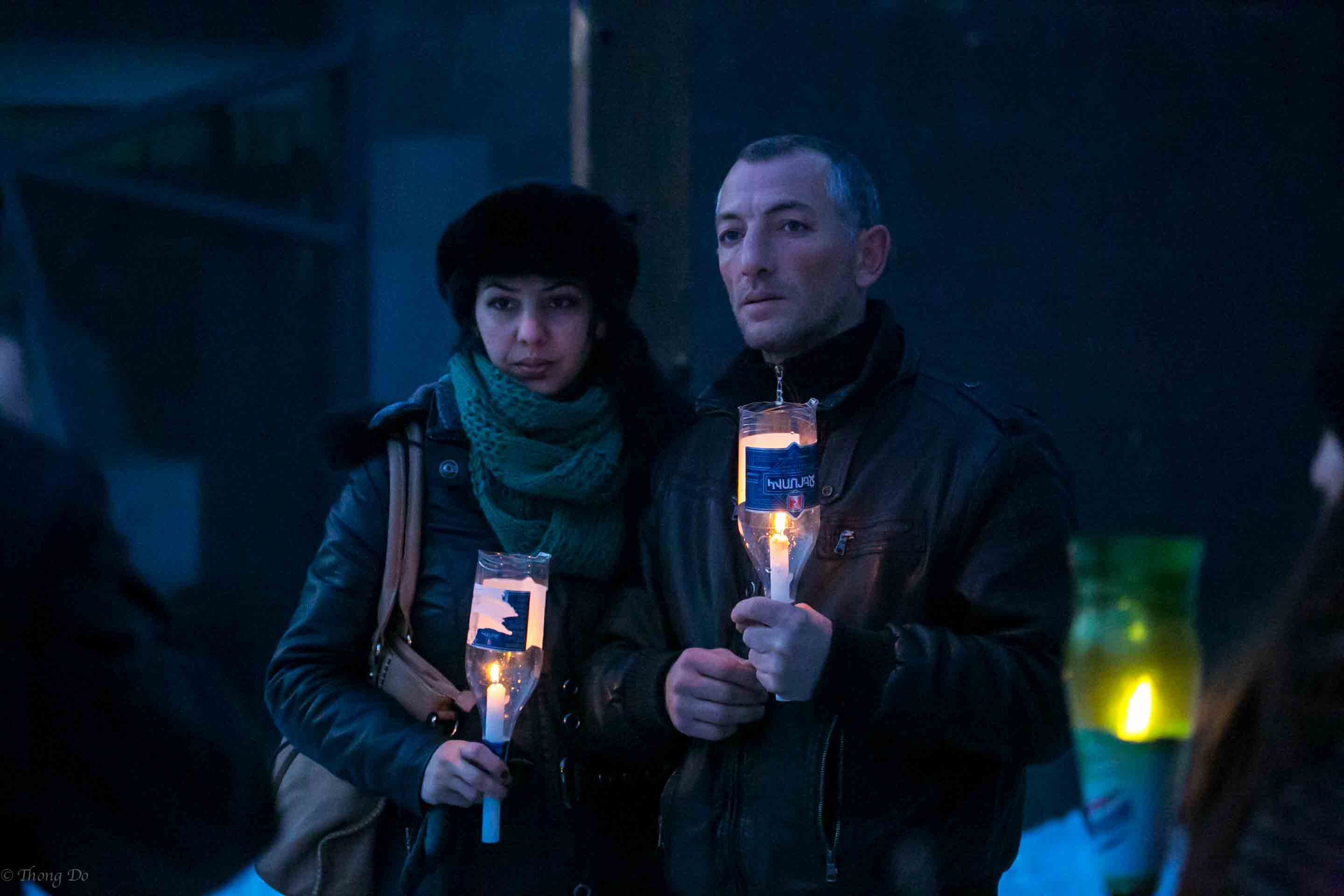
Unlike in the West, Christmas Day is on January 6 and not December 25. I found out from my counterpart that what most people do on Christmas Eve is go to the church and listen to the service and then light a candle. Then they walk home with the burning candle and light more candles. In order to prevent the candle from being blown out vendors will often sell cut up water bottles and place candle in them. It’s quite inexpensive and effective. I took this as a photo opportunity to see hundreds if not thousands of people leaving the church by candlelight.
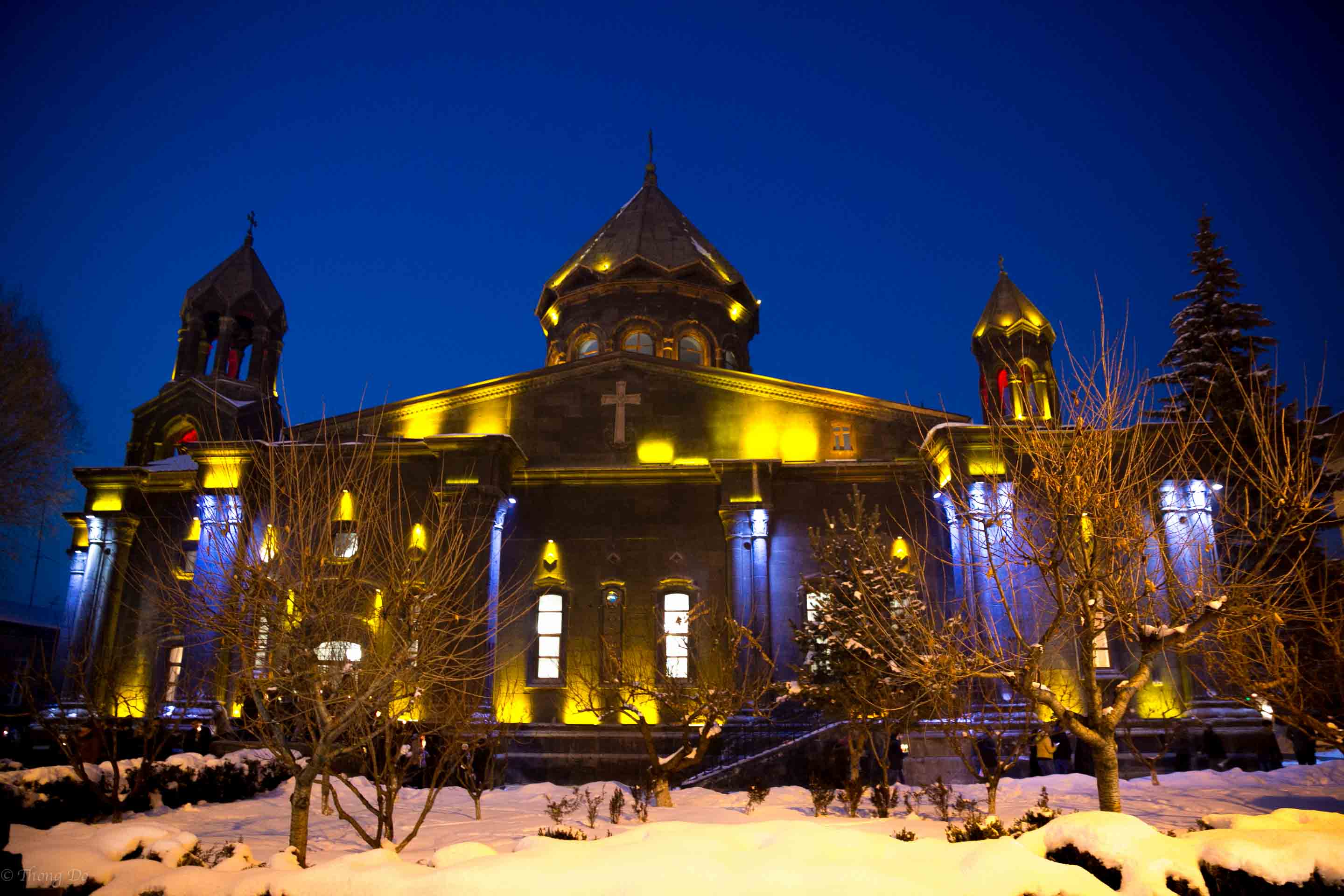
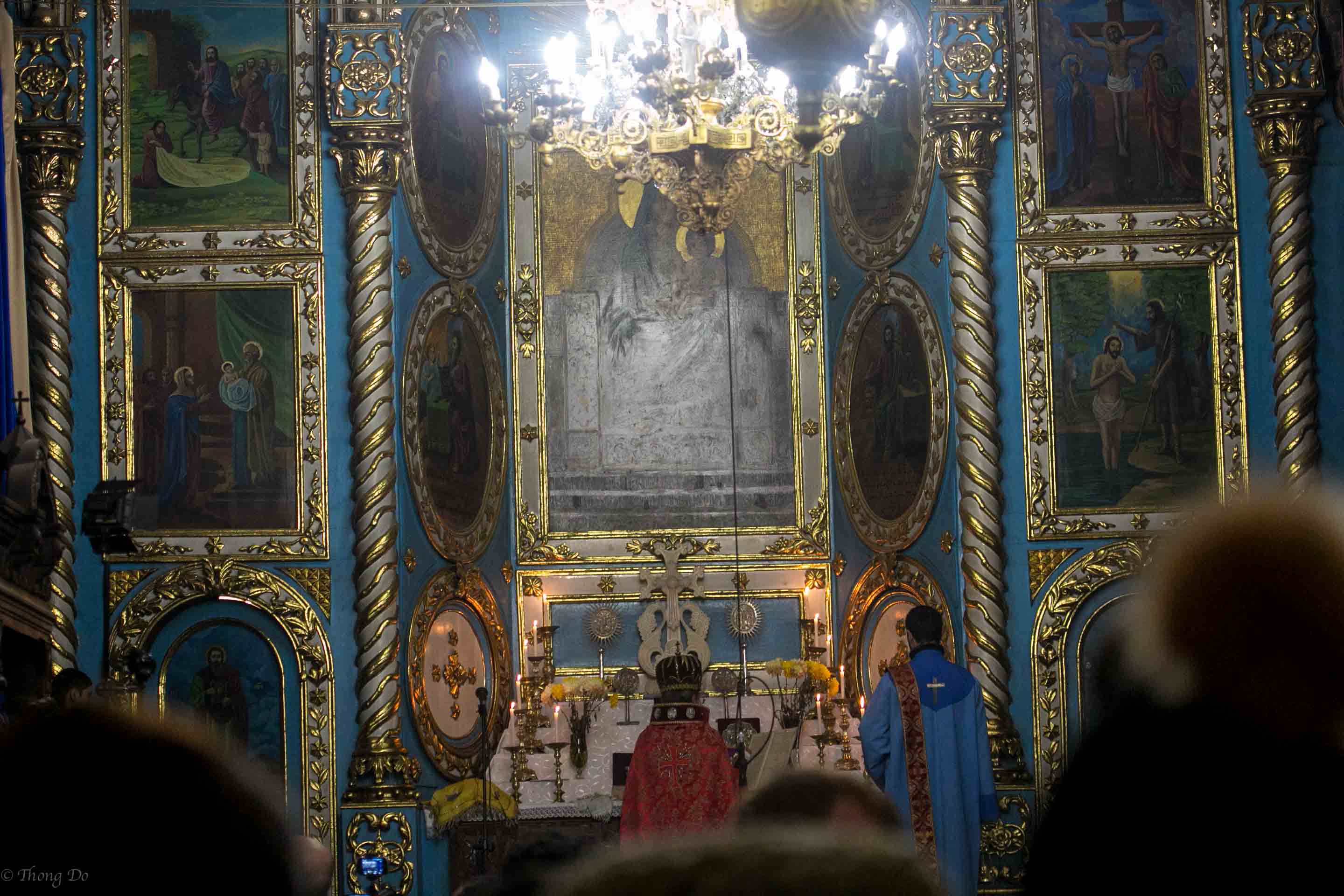
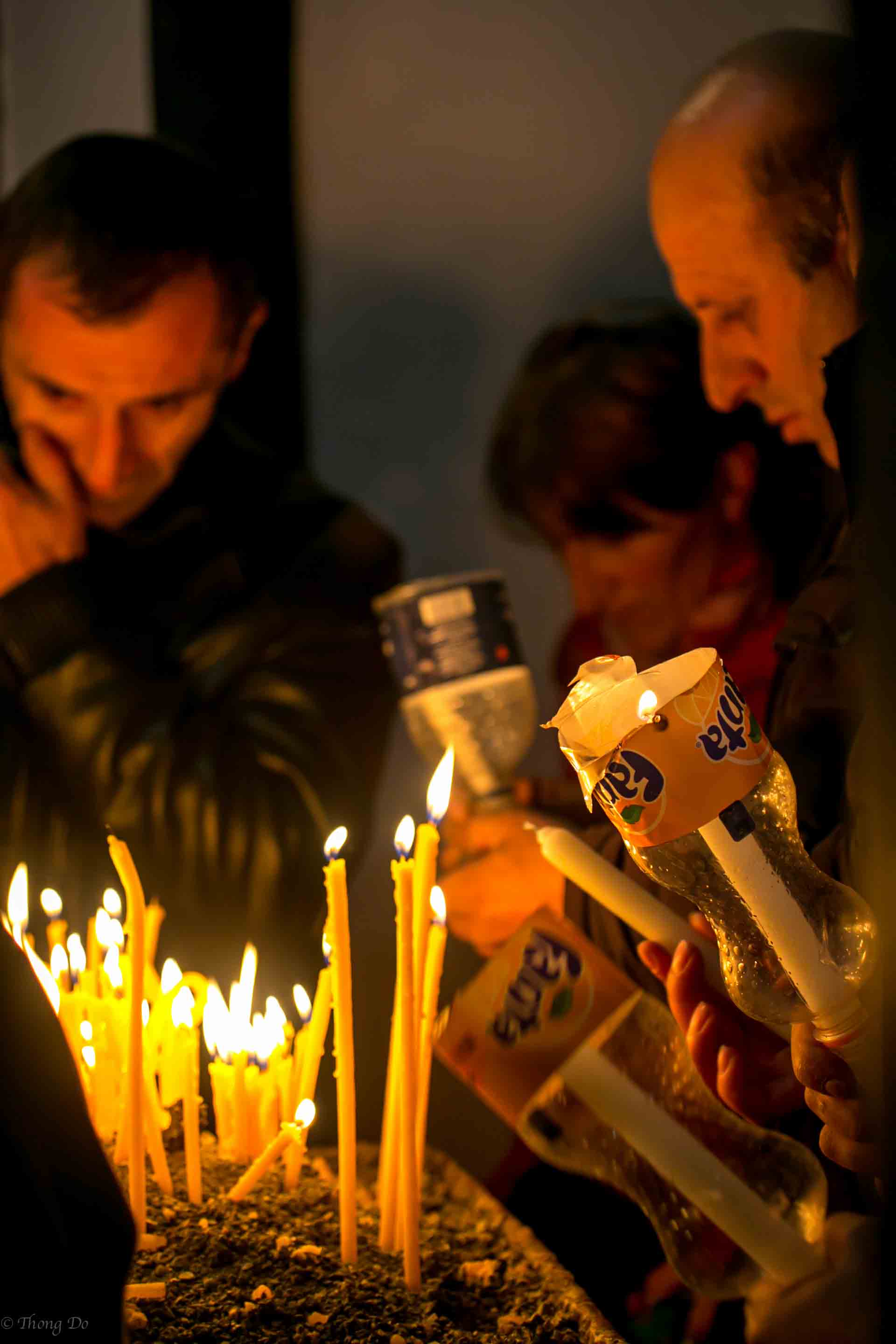

In Armenia, you don’t say Merry Christmas like we do in the west. They say Schnorhavor Surb Tsnund or congratulations for Christmas. Also, the word for Santa Claus is Dzmer Papici or Winter Grandfather! Christmas Day over here is celebrated just the same everywhere else with a Christmas tree and presents. The feast is different in that fish and rice are usually served. My colleagues over at the Social Educational Center were having a Christmas dinner party at a local restaurant so I attended that.
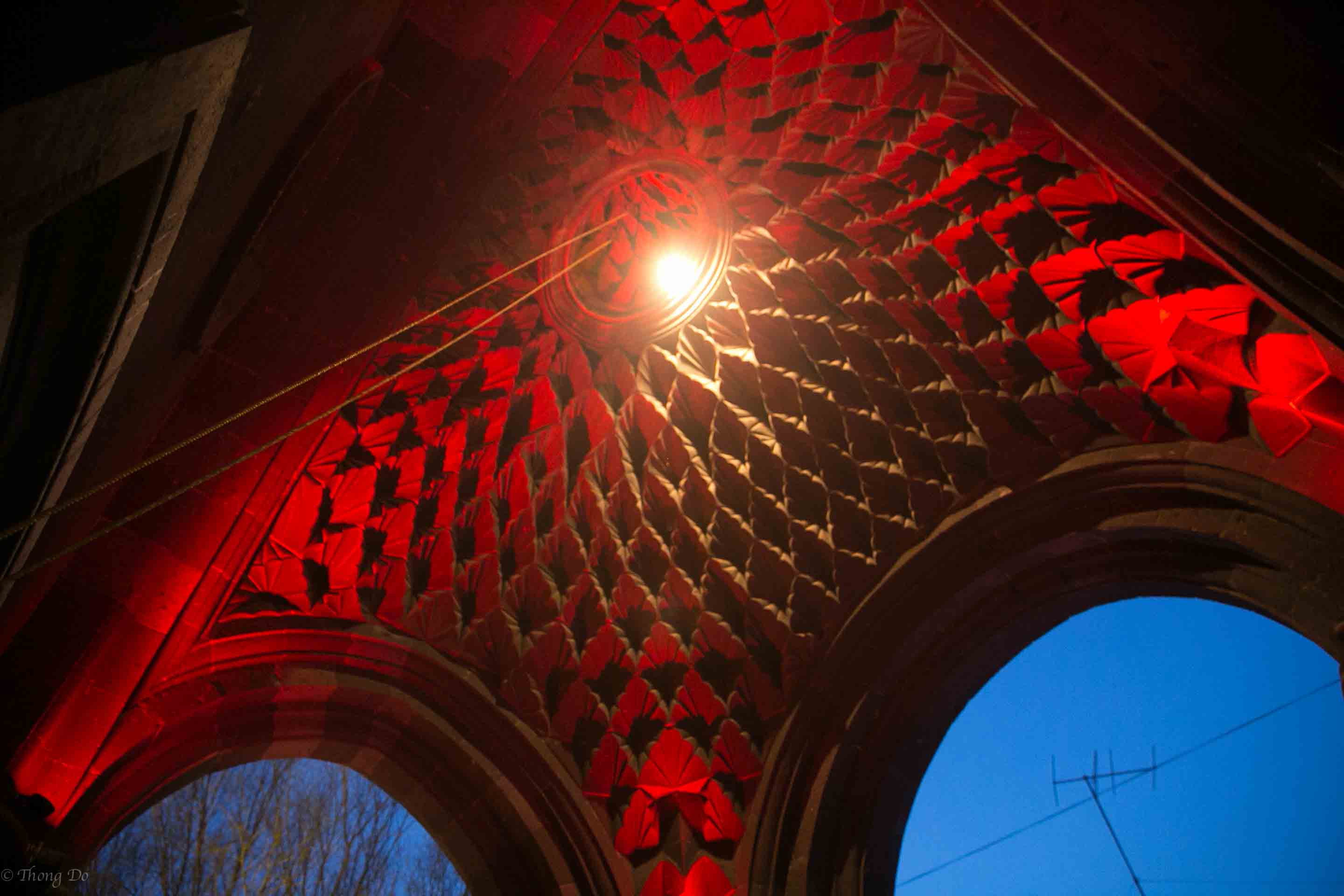
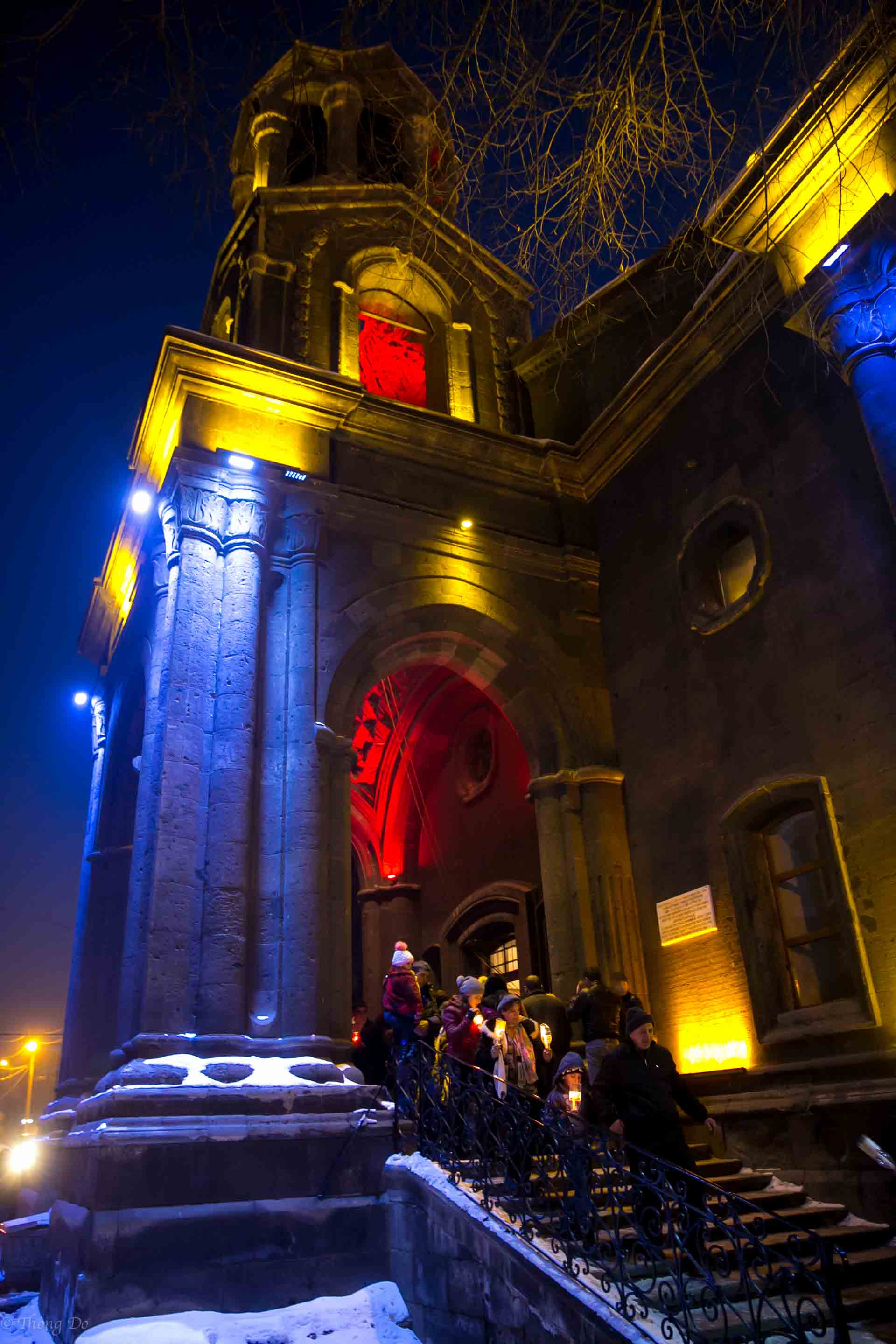
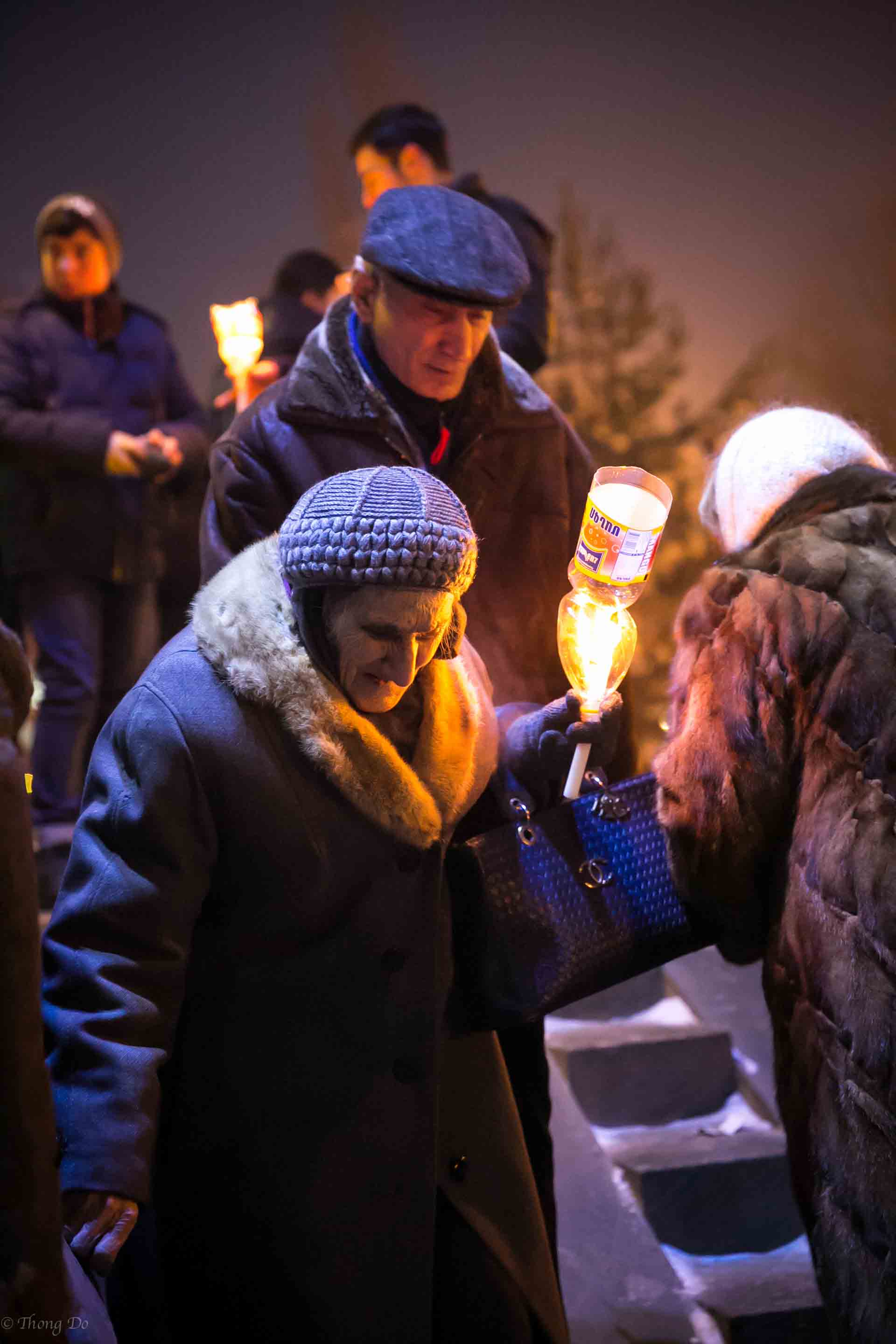
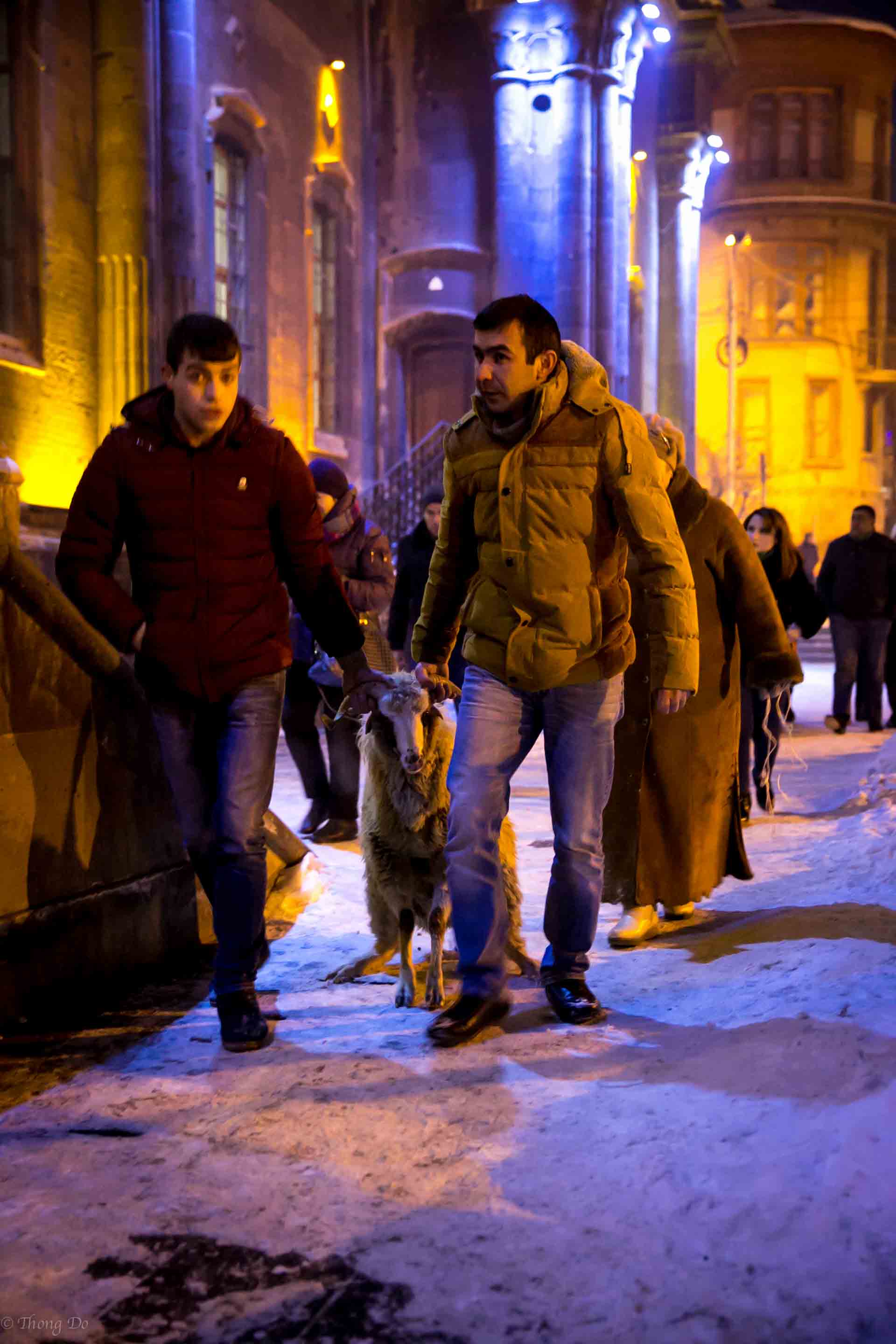
In the end, I survived my first Armenian New Year and Christmas celebration. It was great to experience and learn their customs. The great thing about living abroad is opening up to new cultural experiences and trying new food.
Happy holidays and get traveling.
